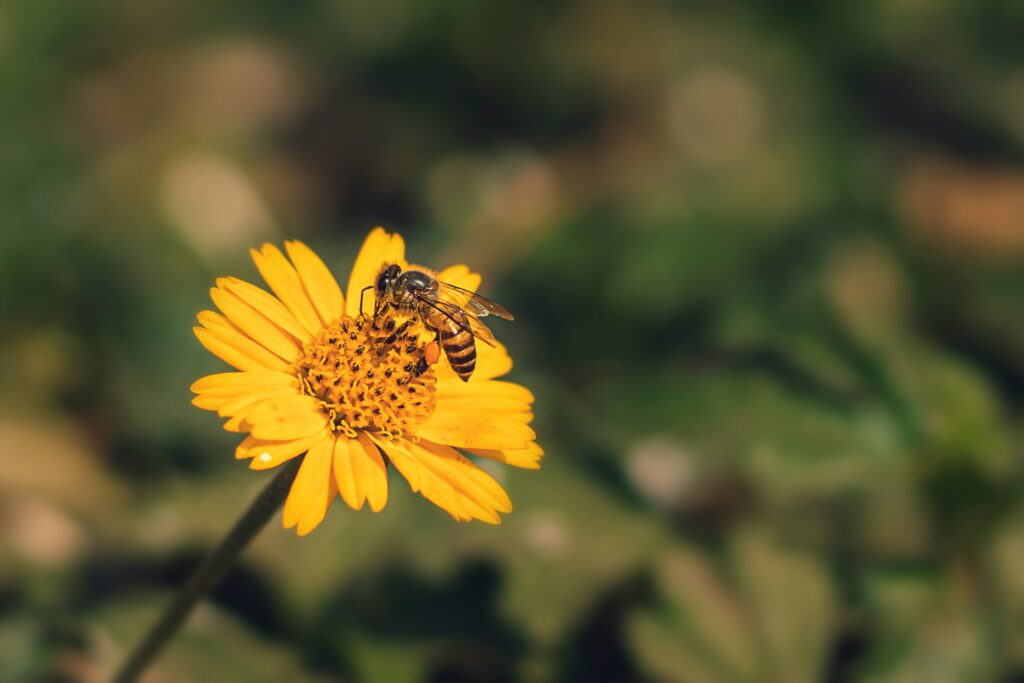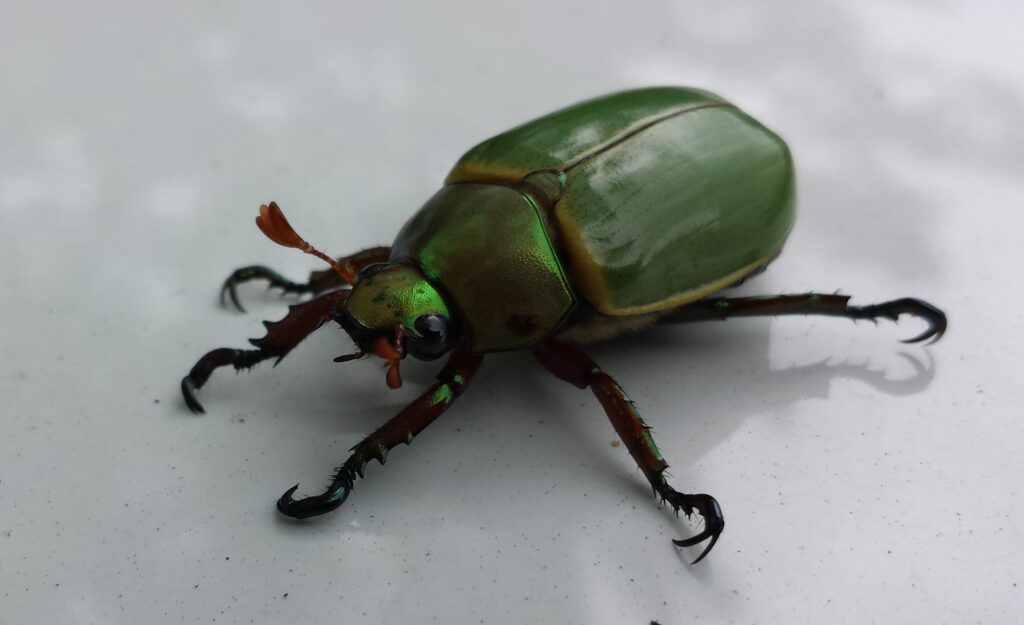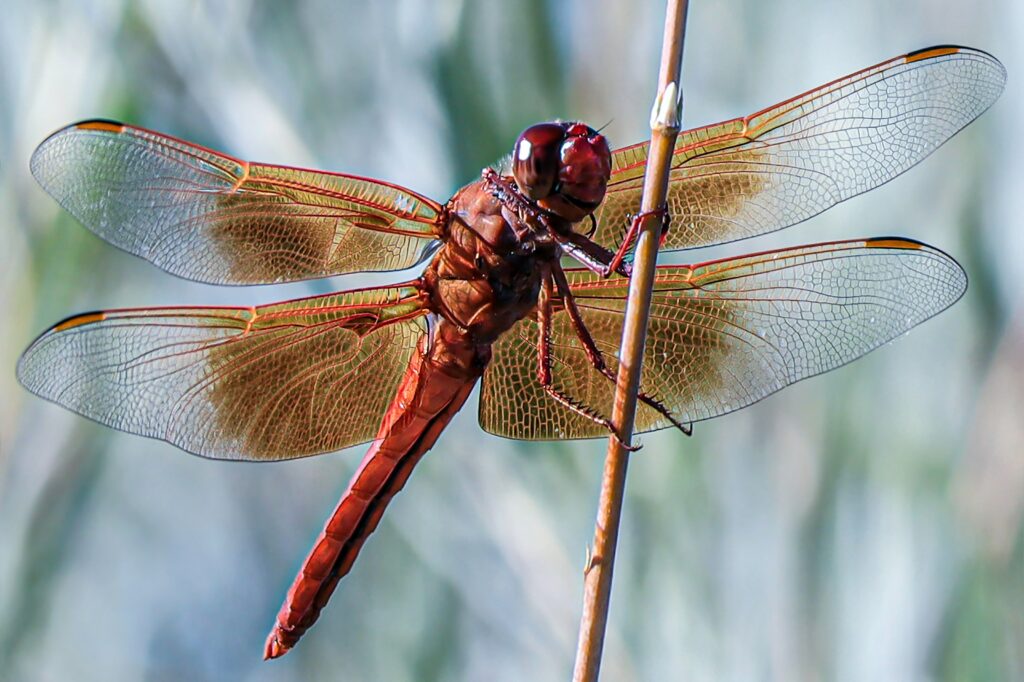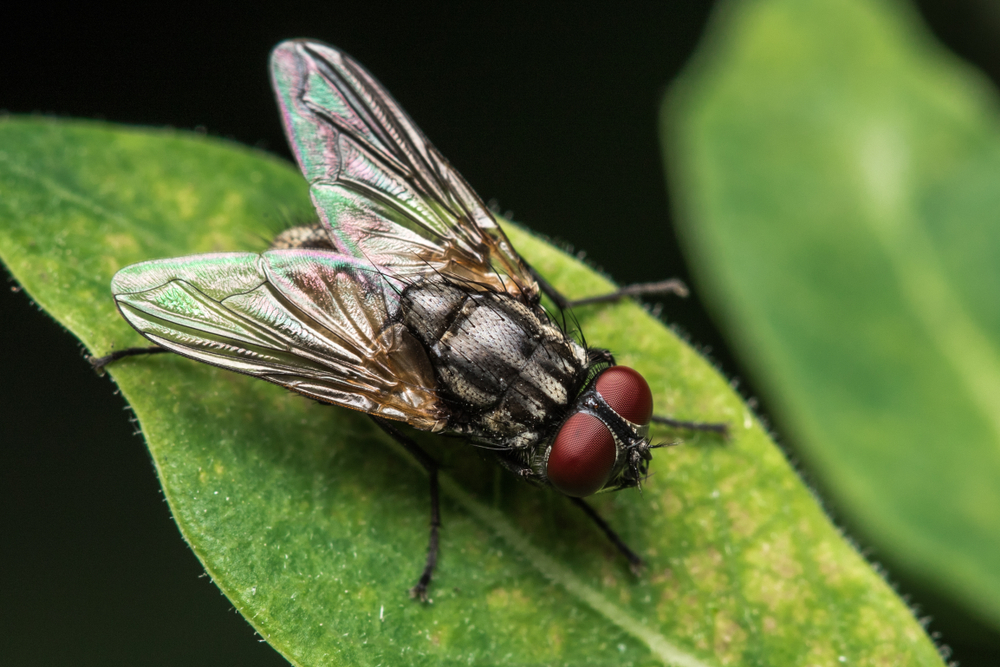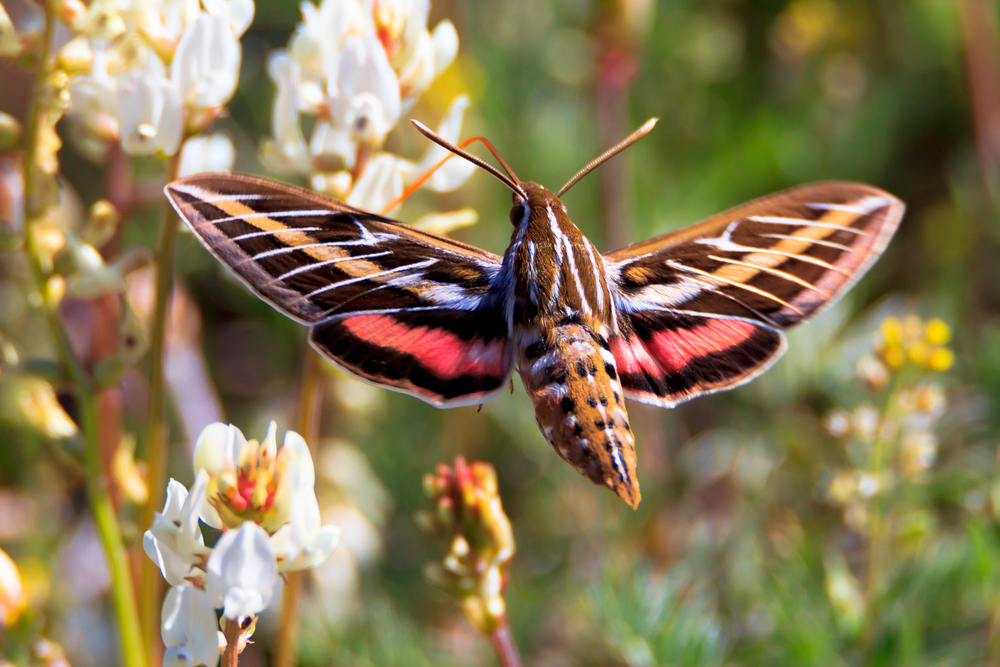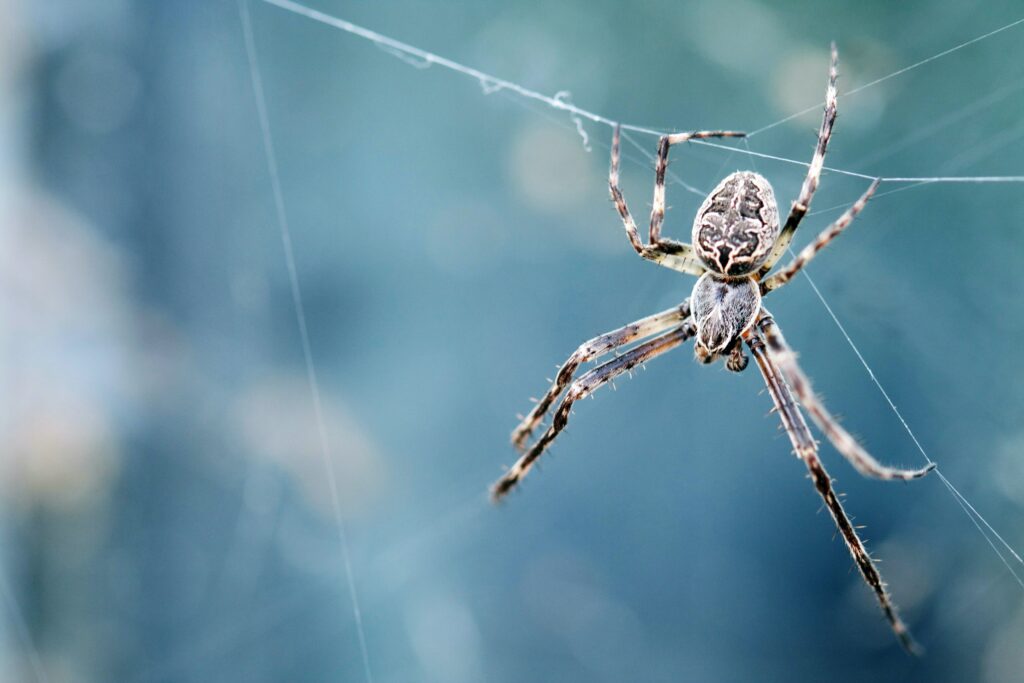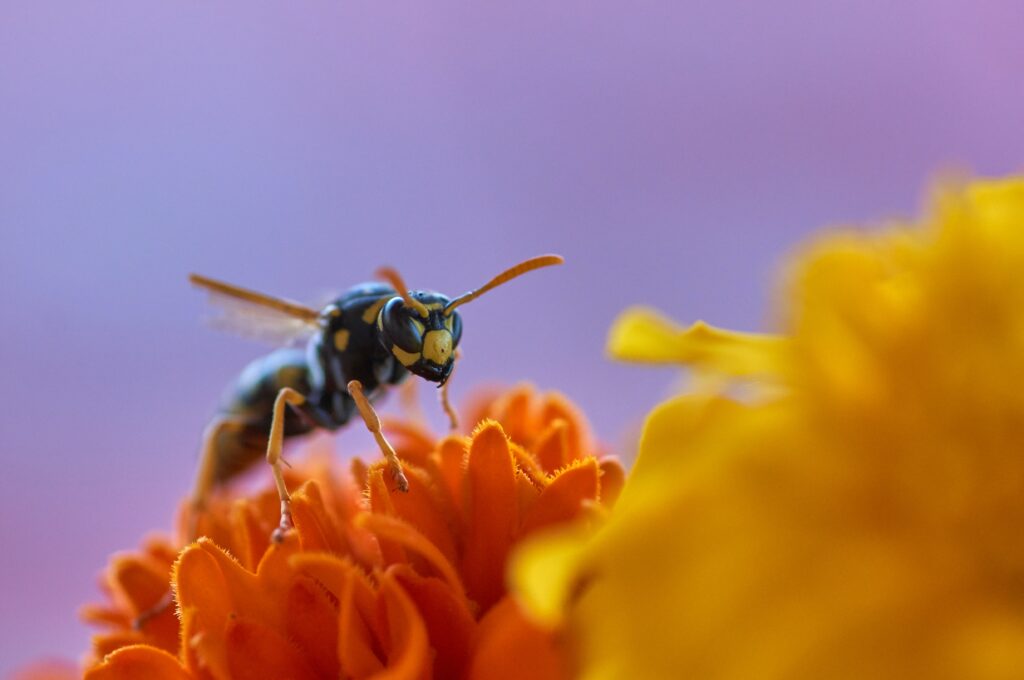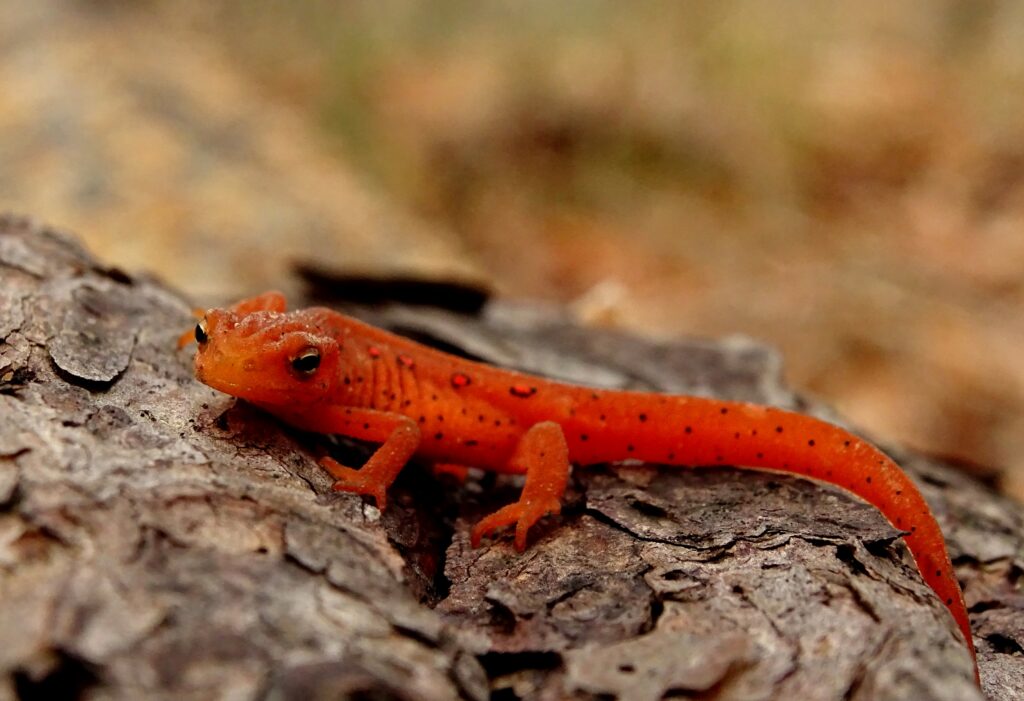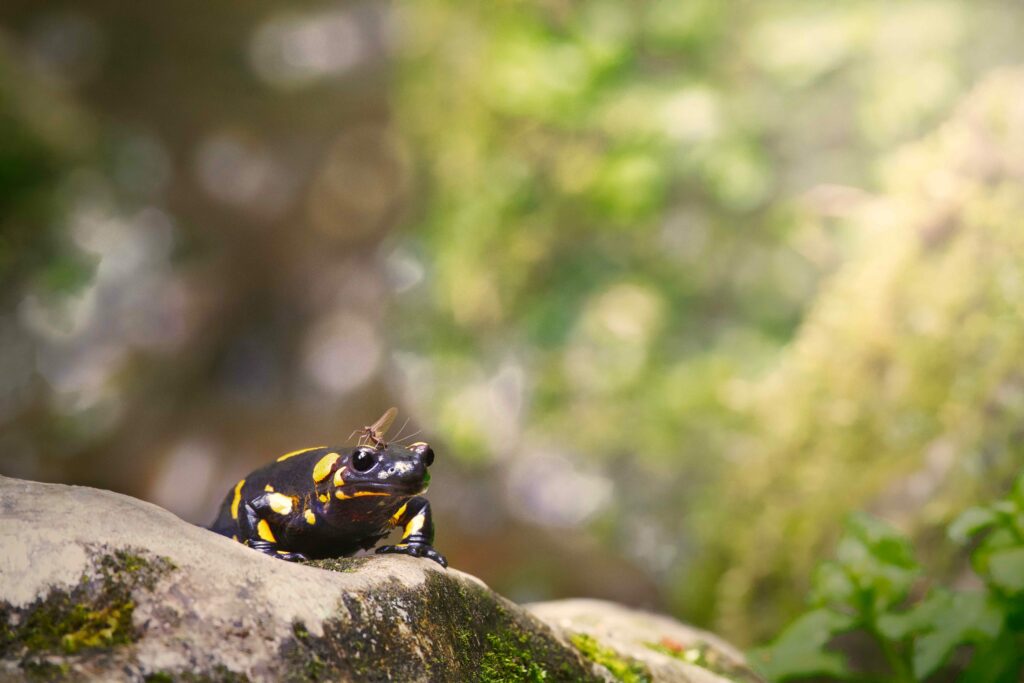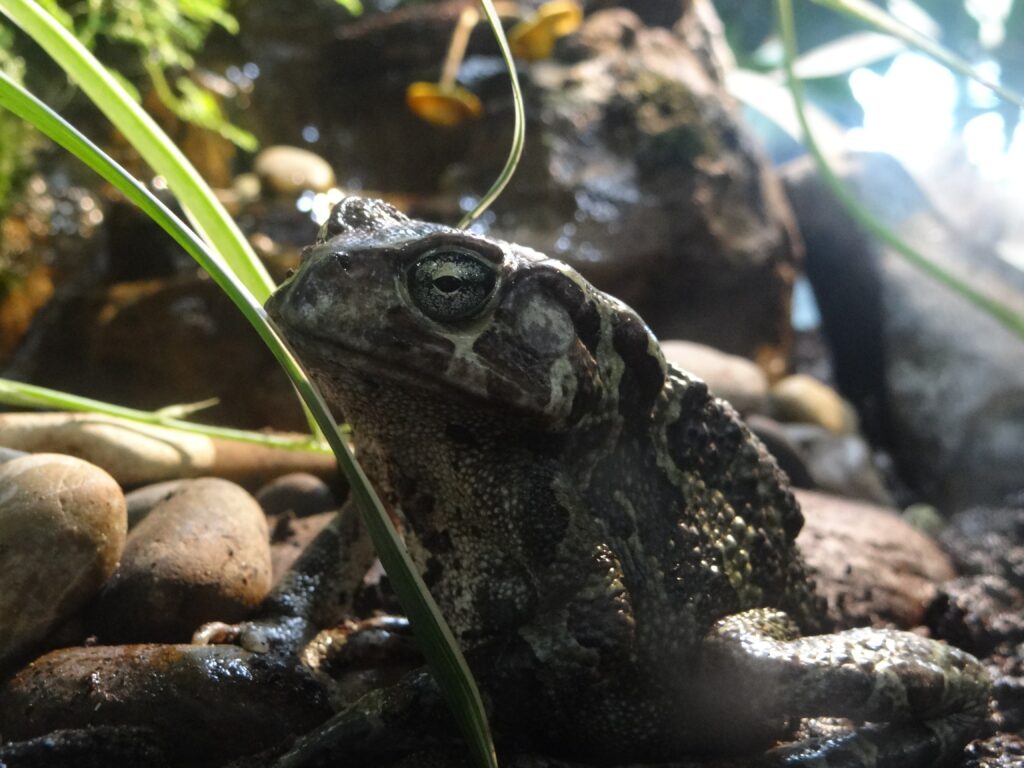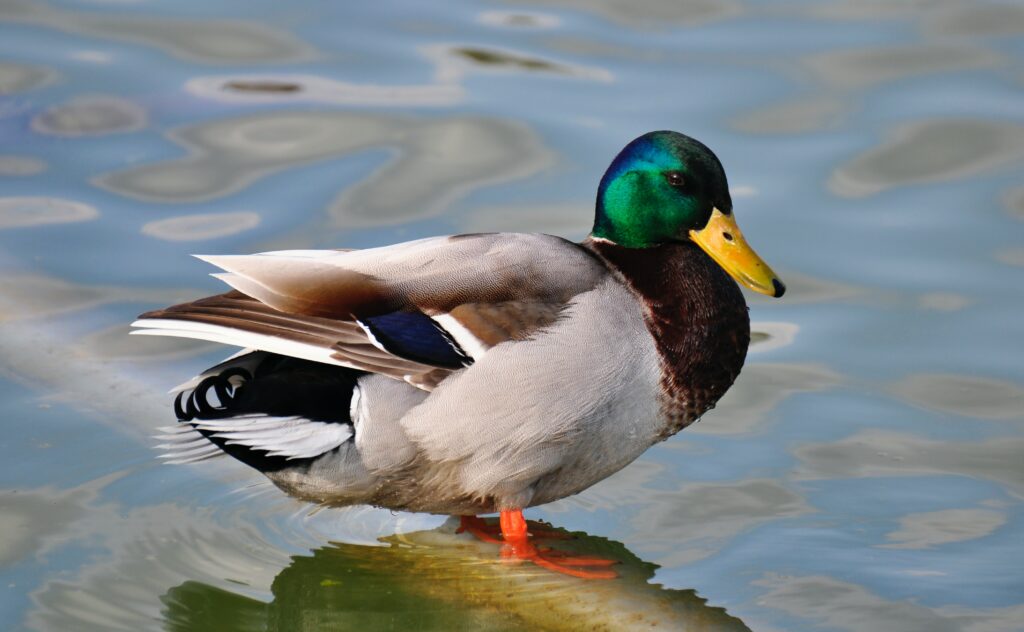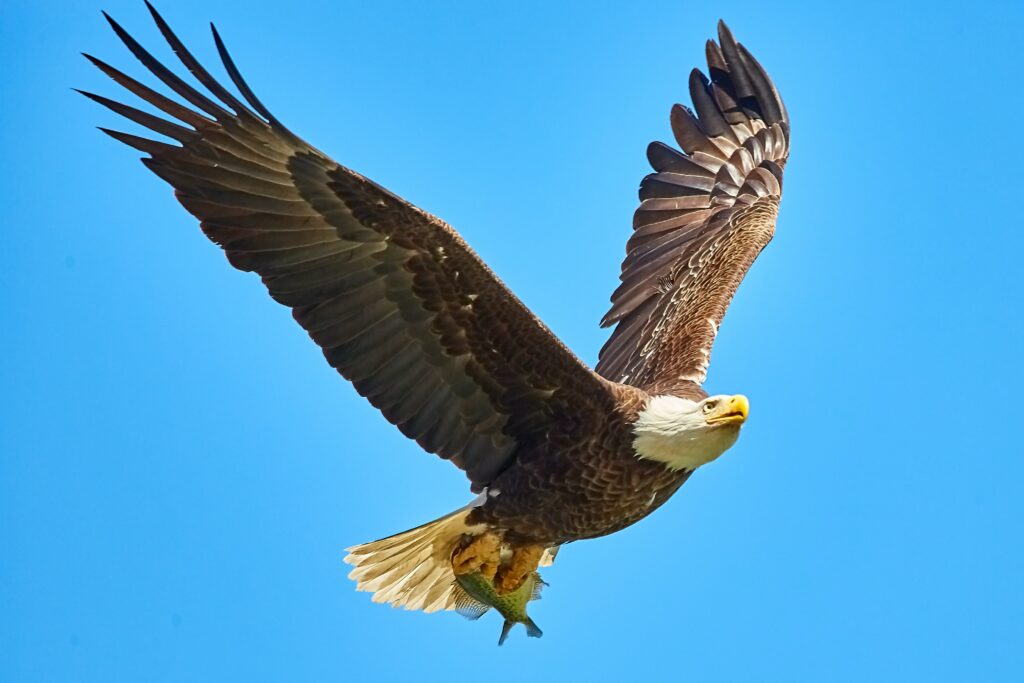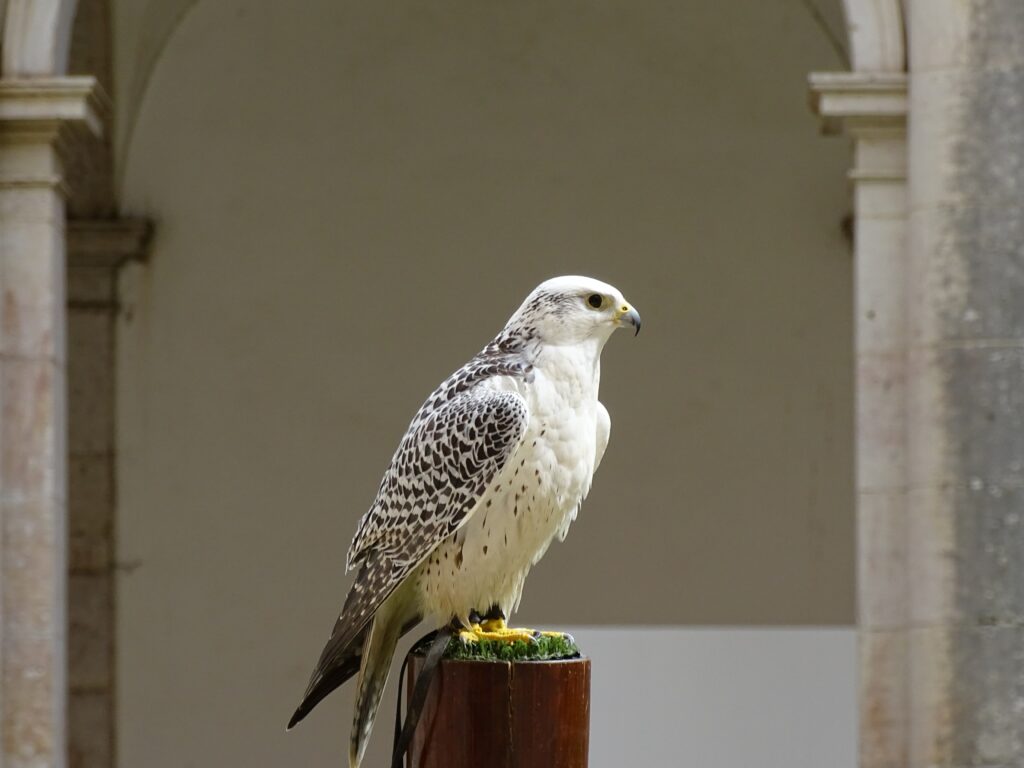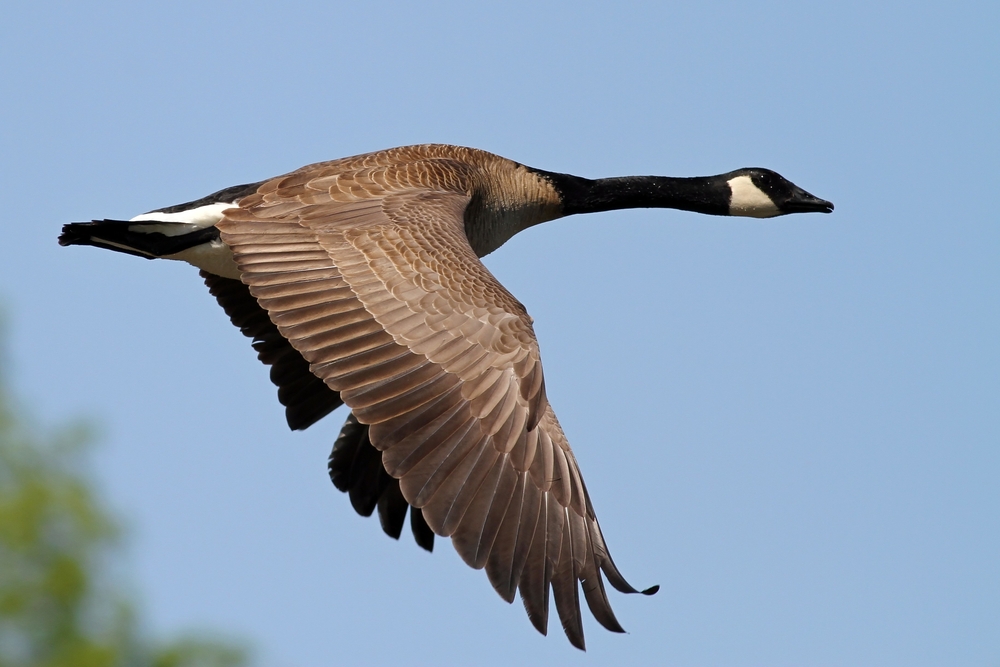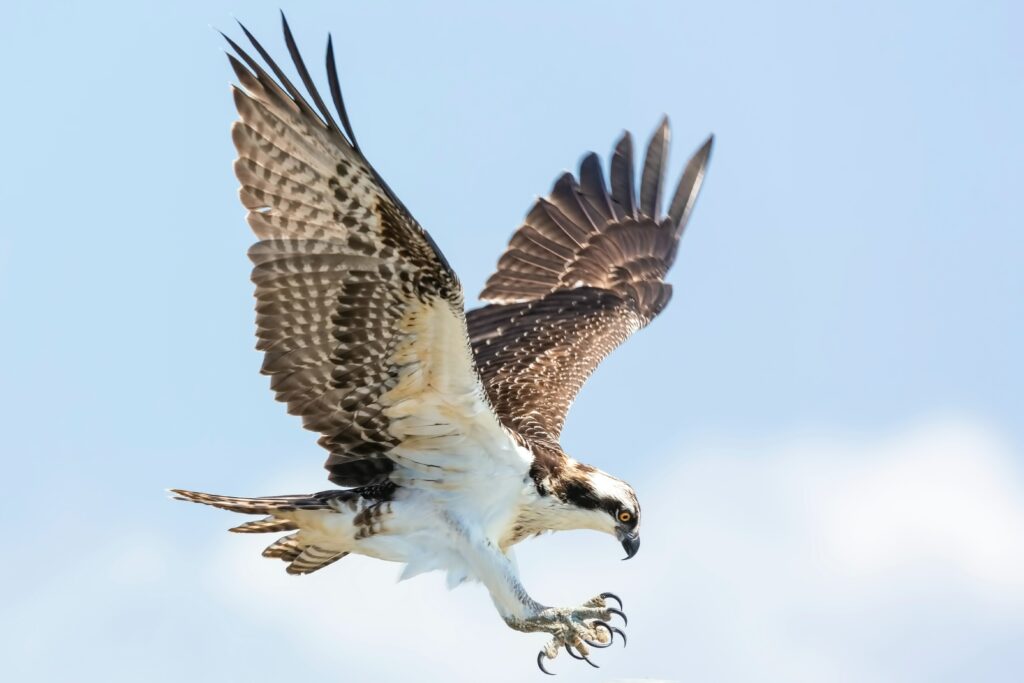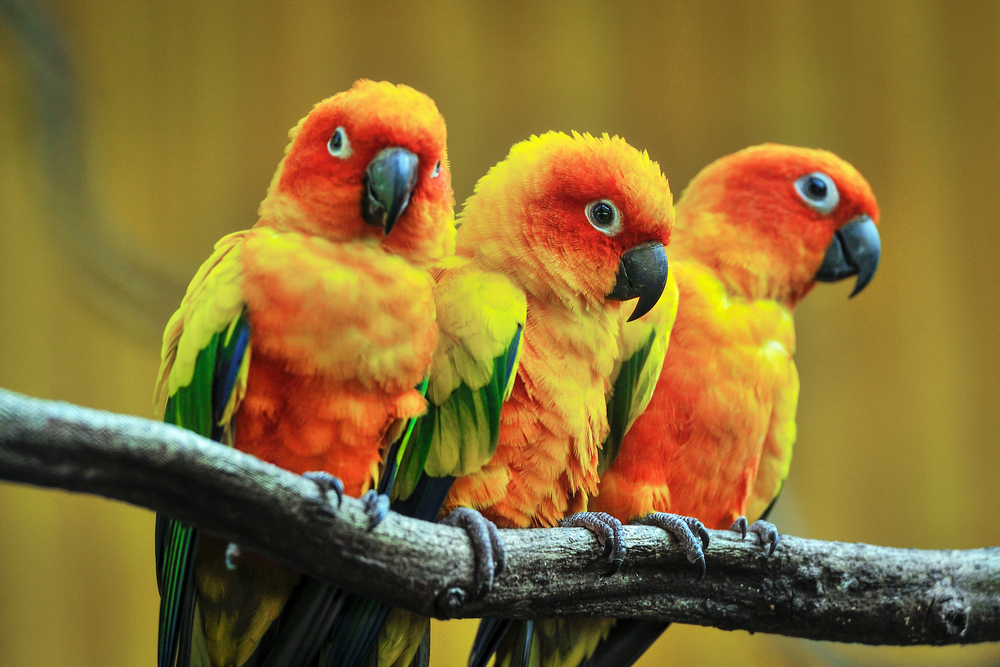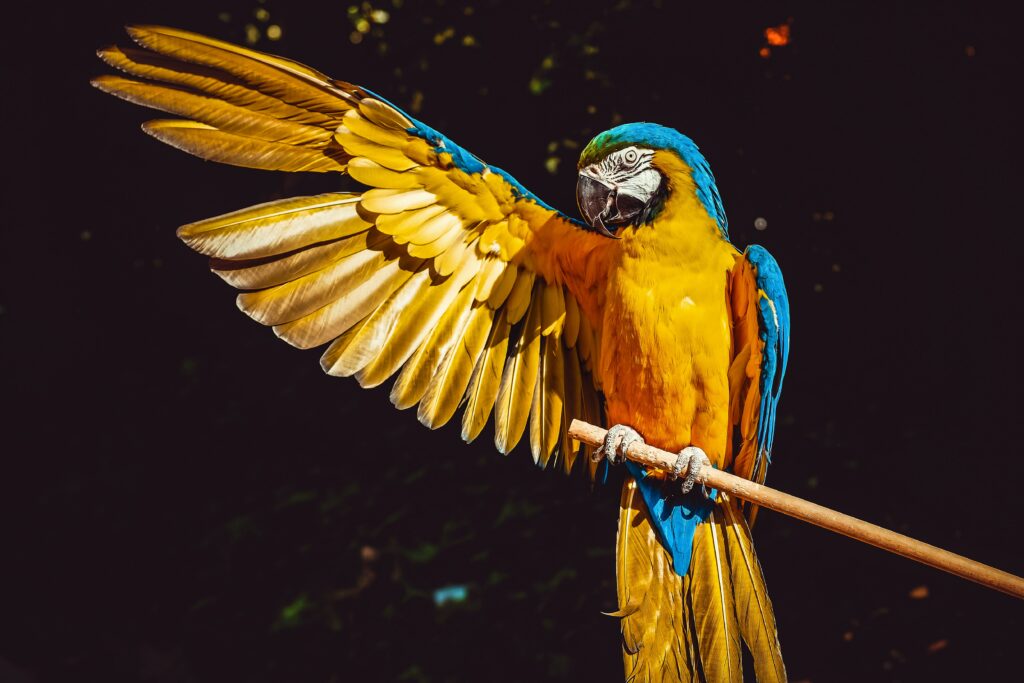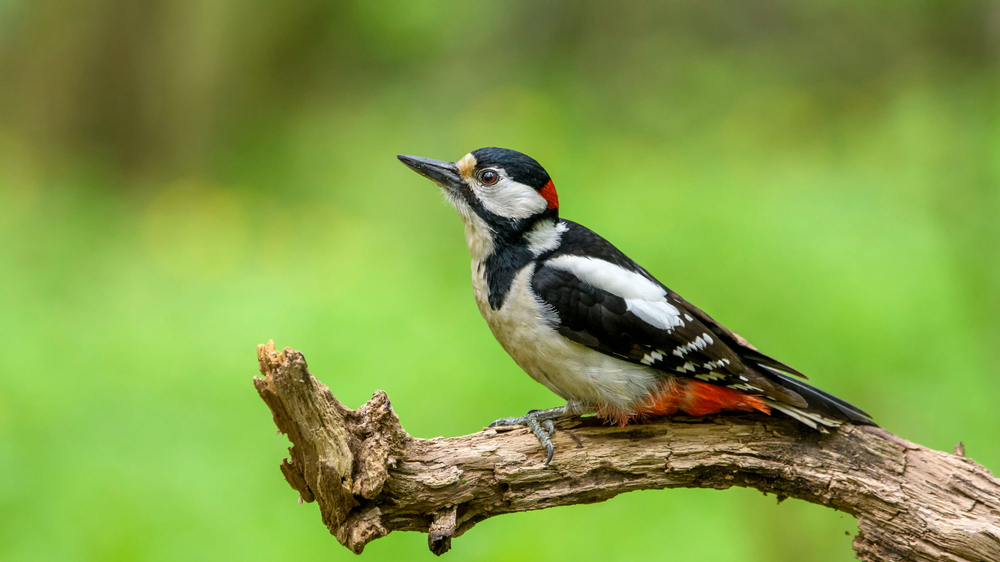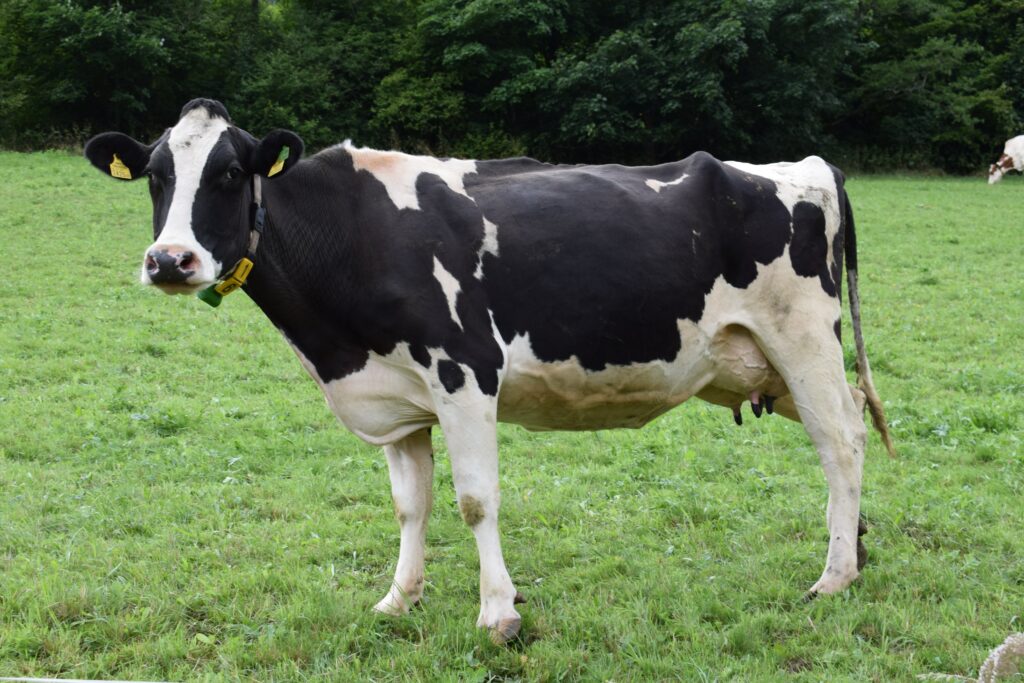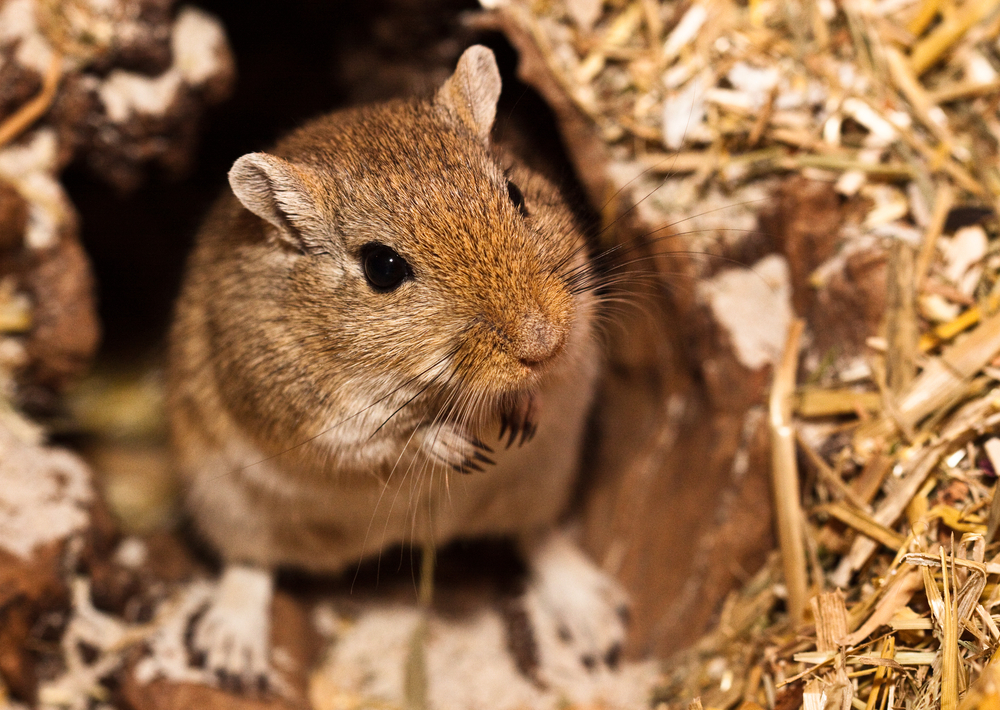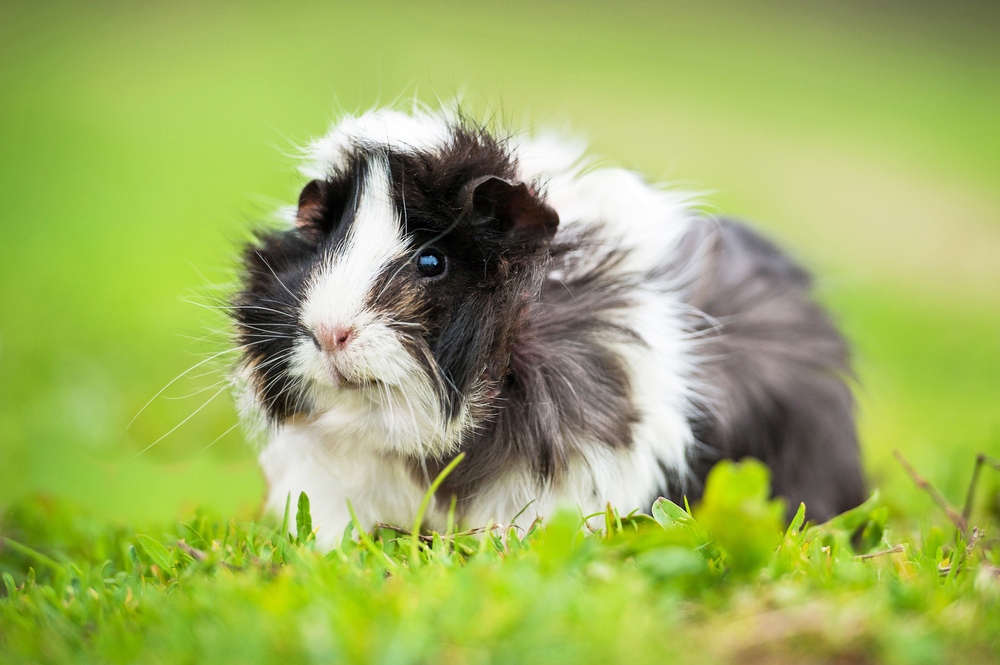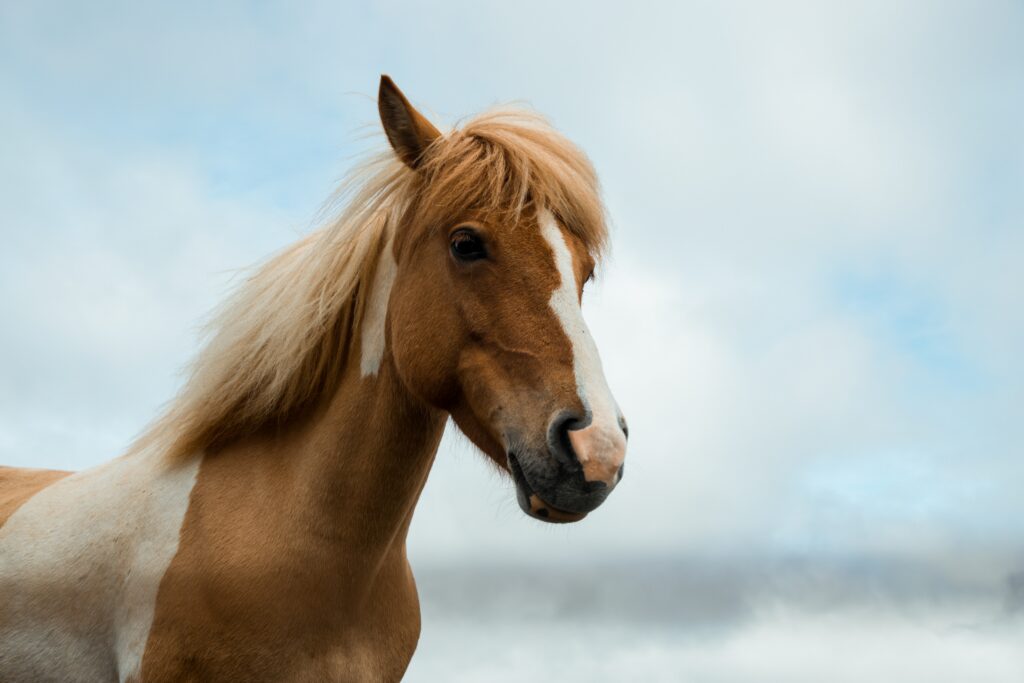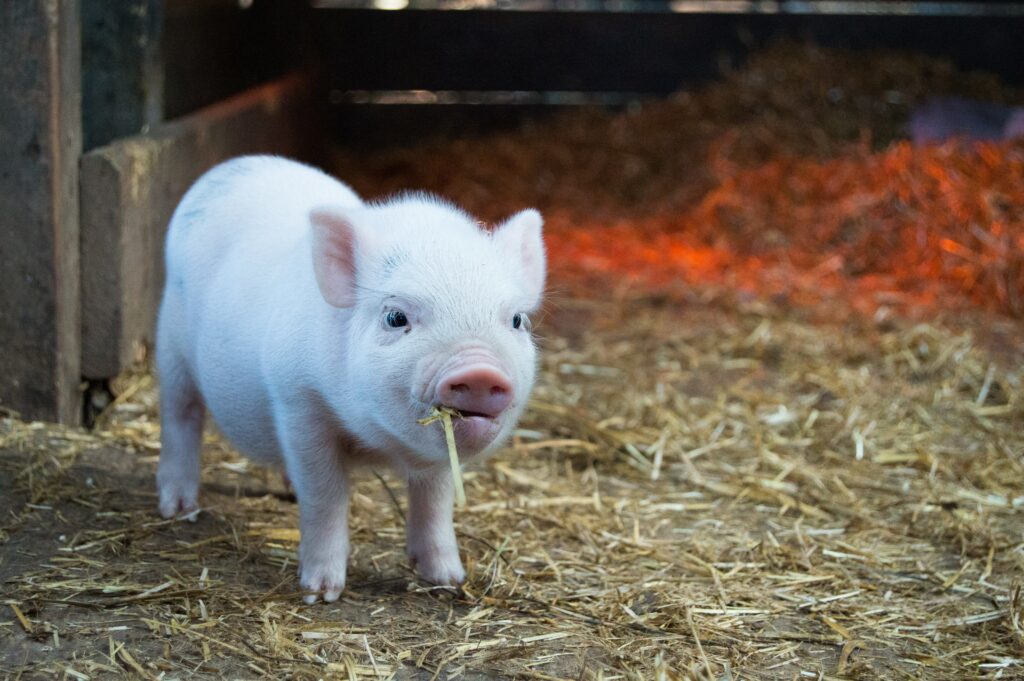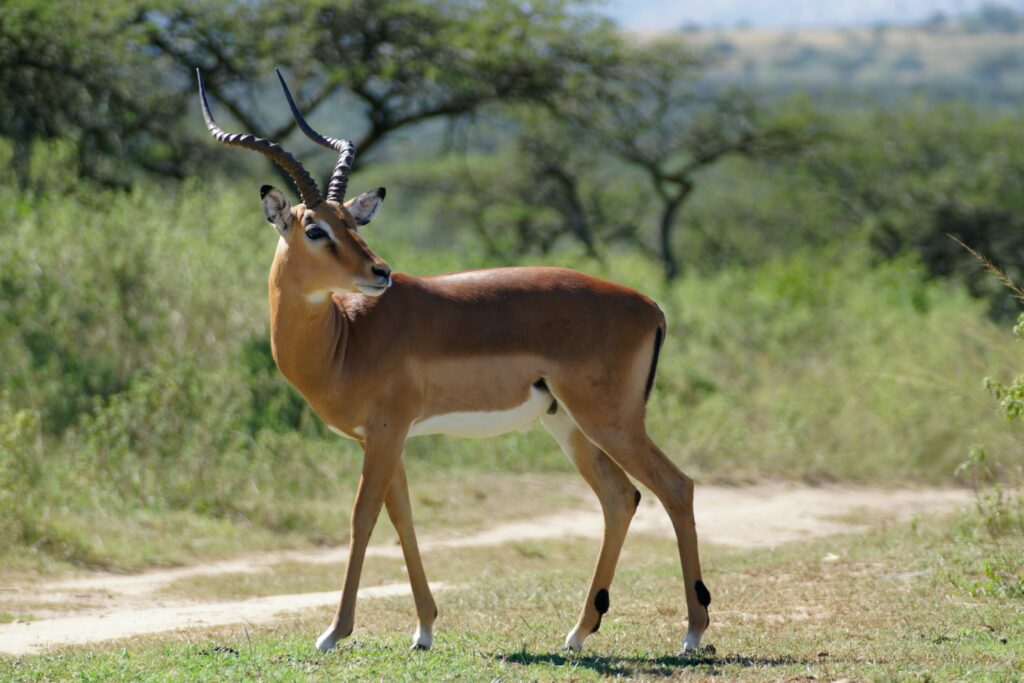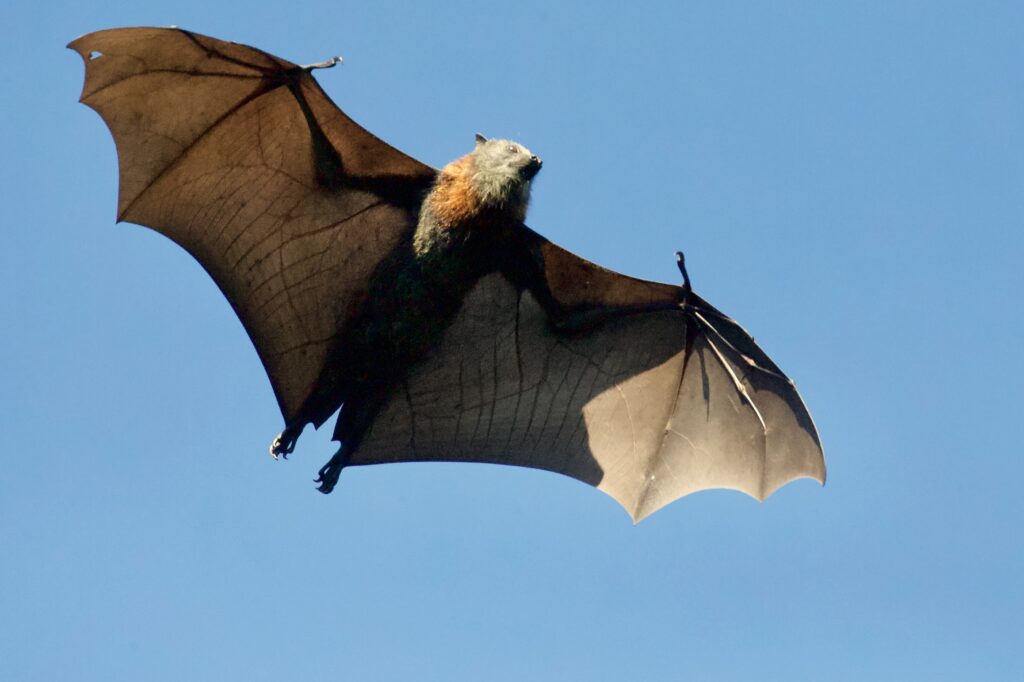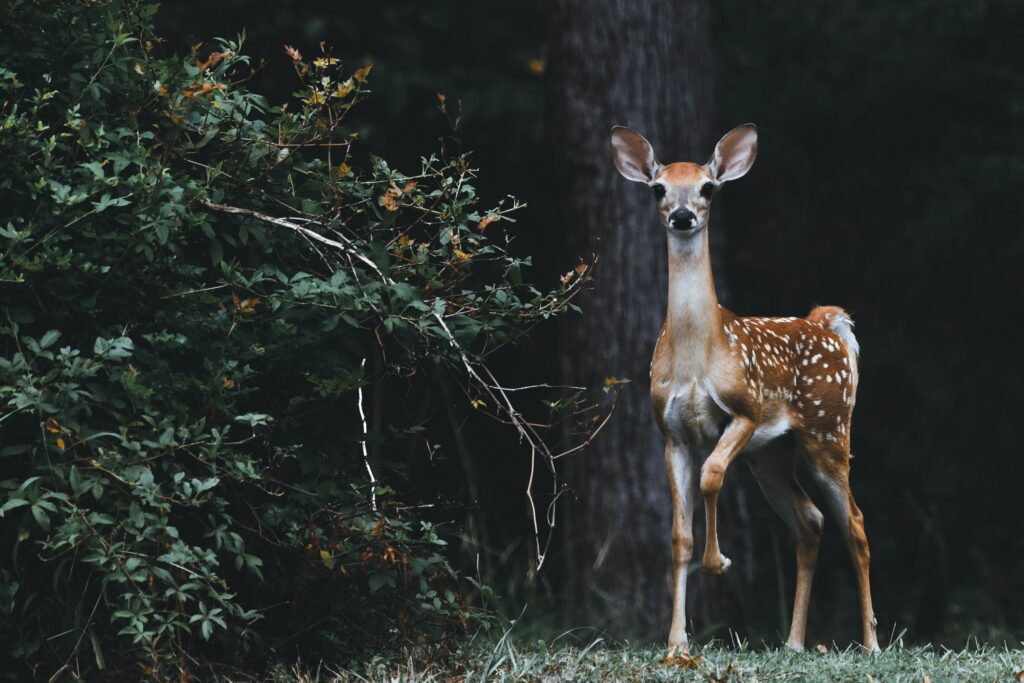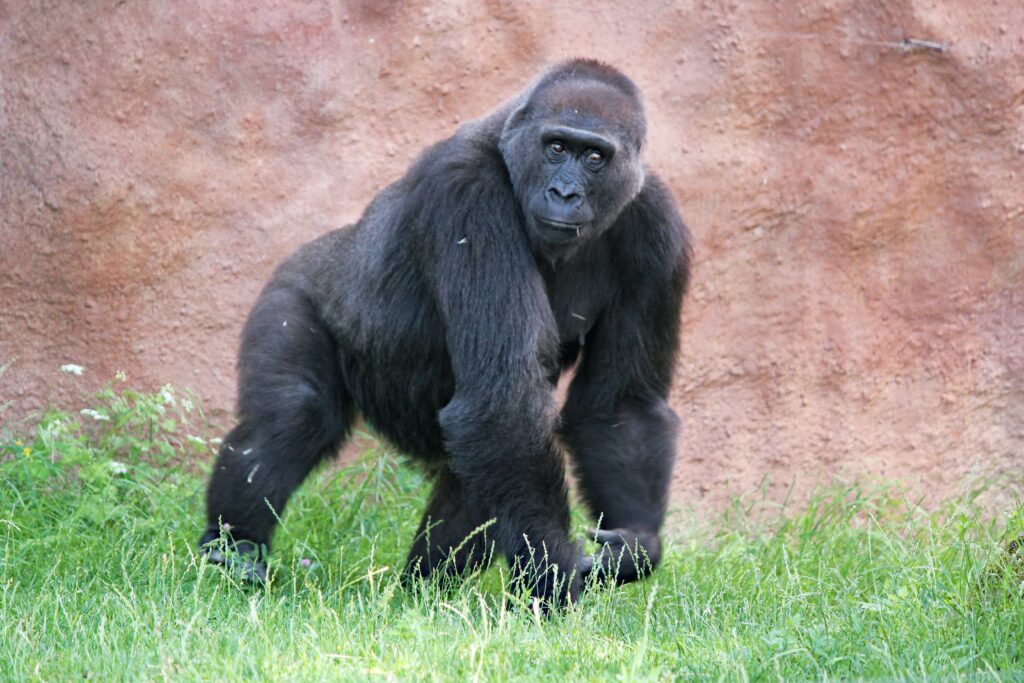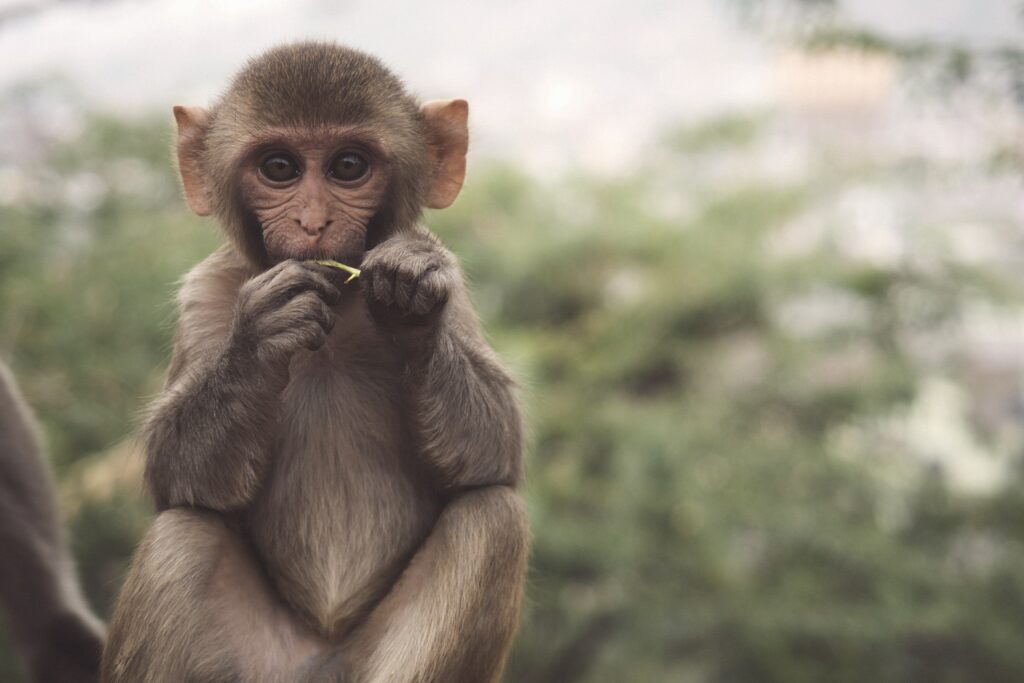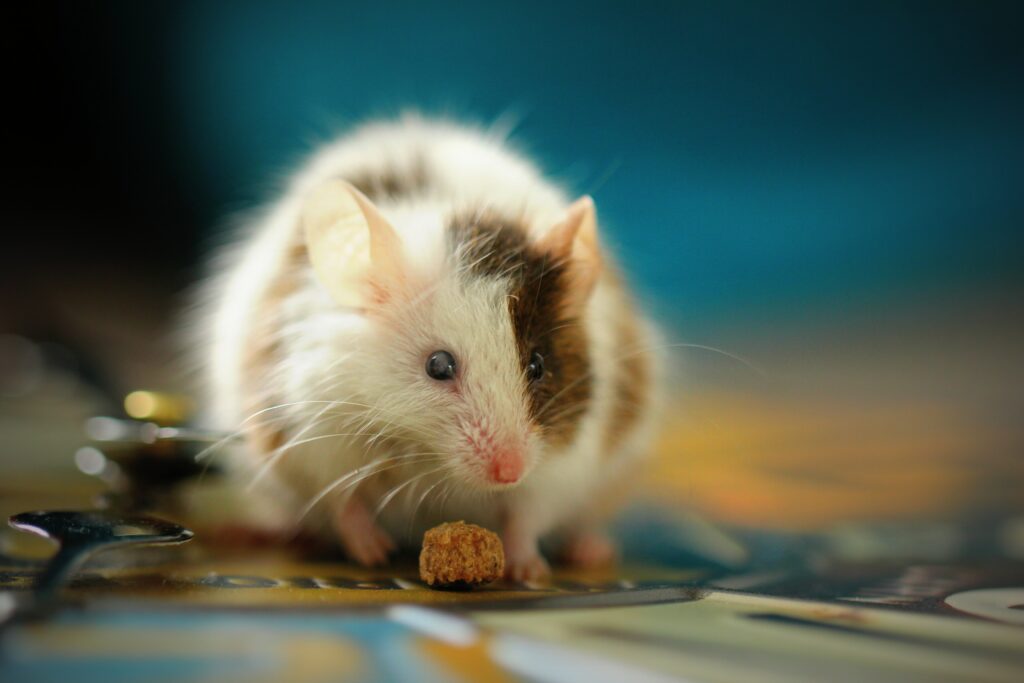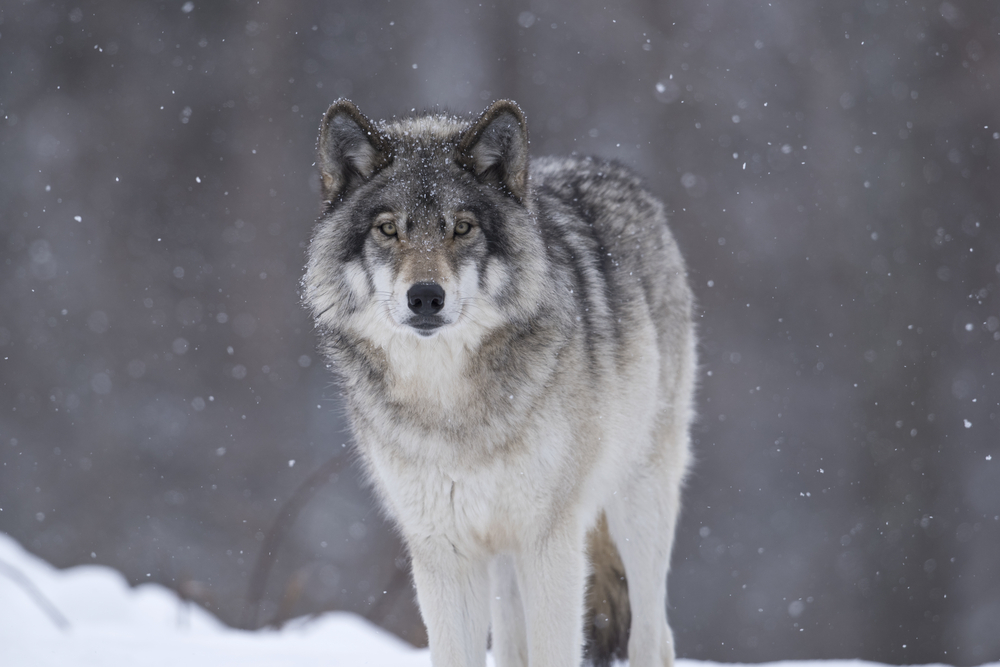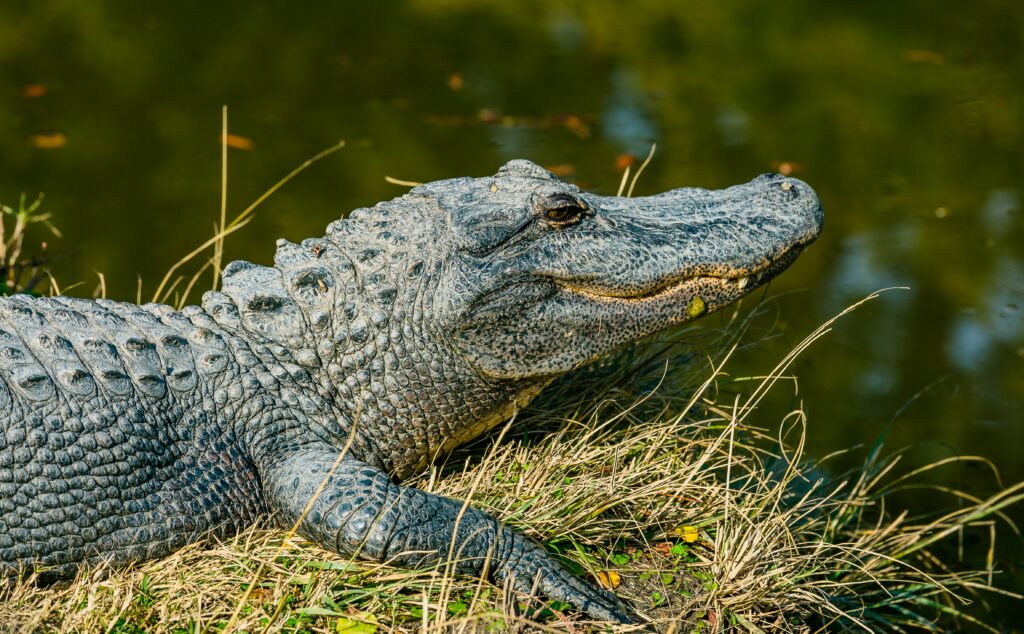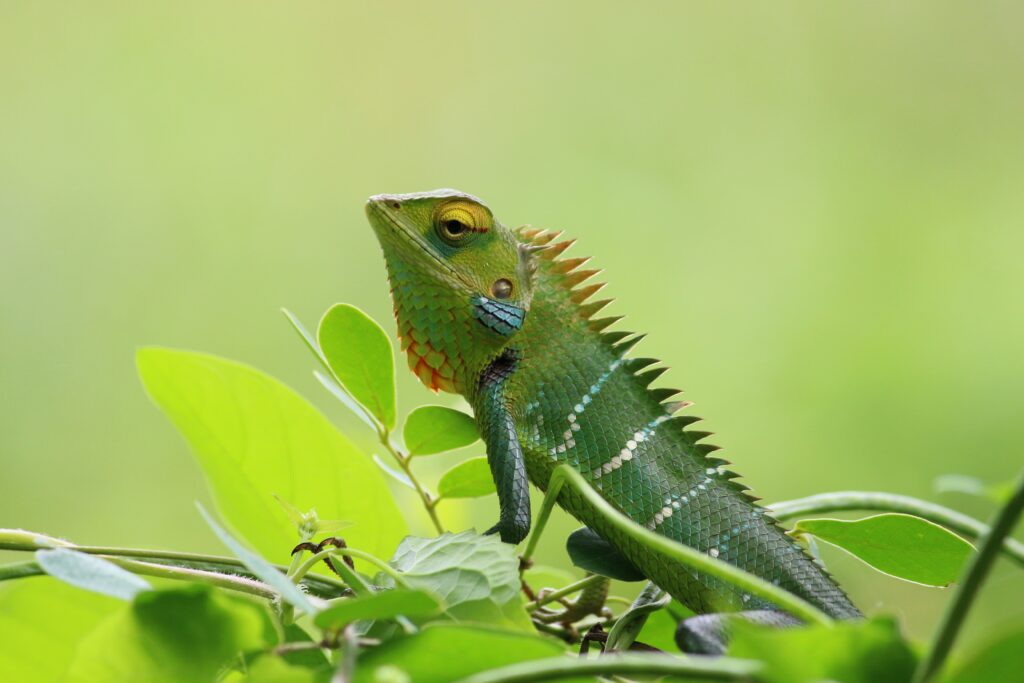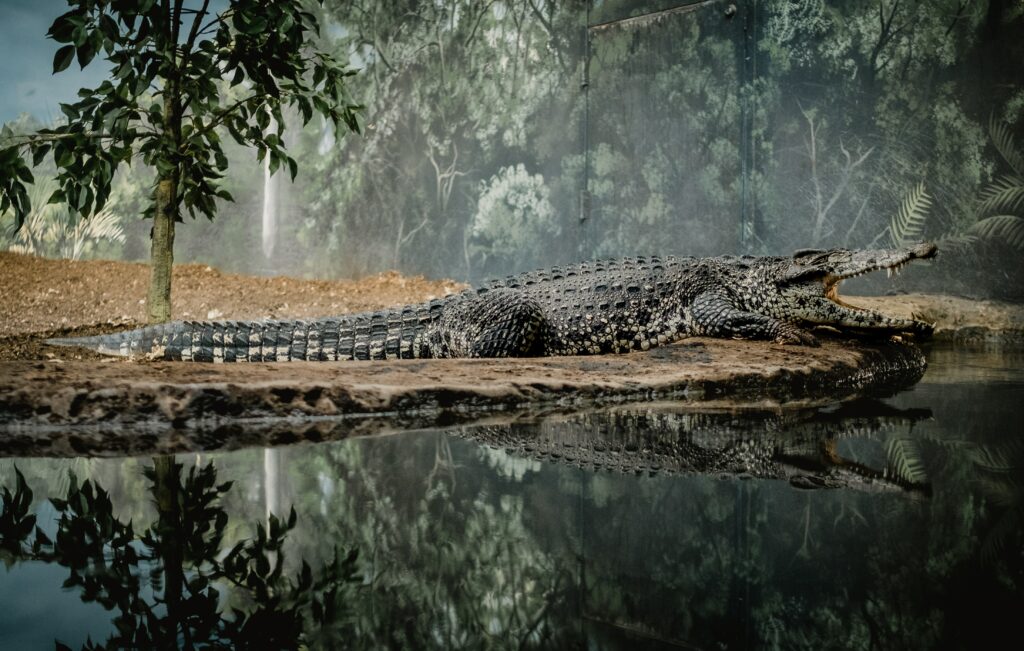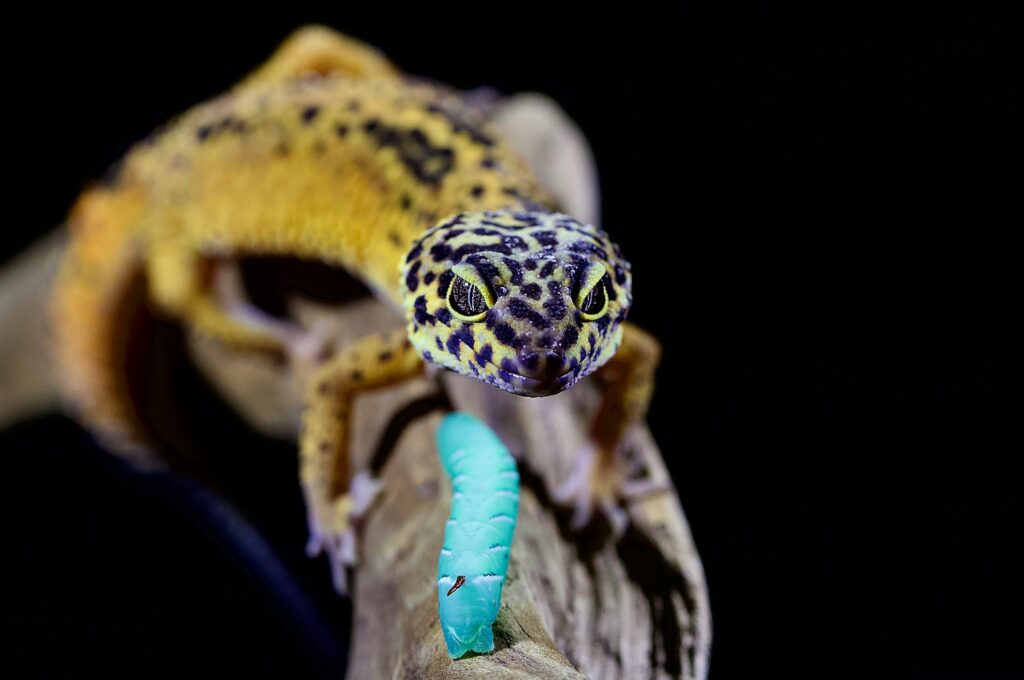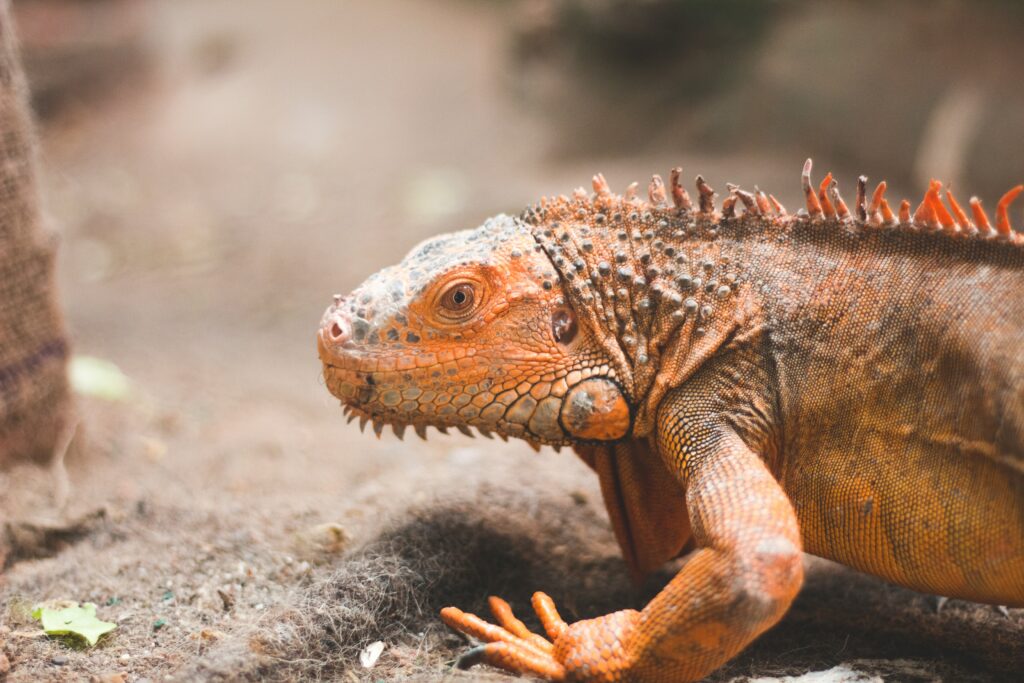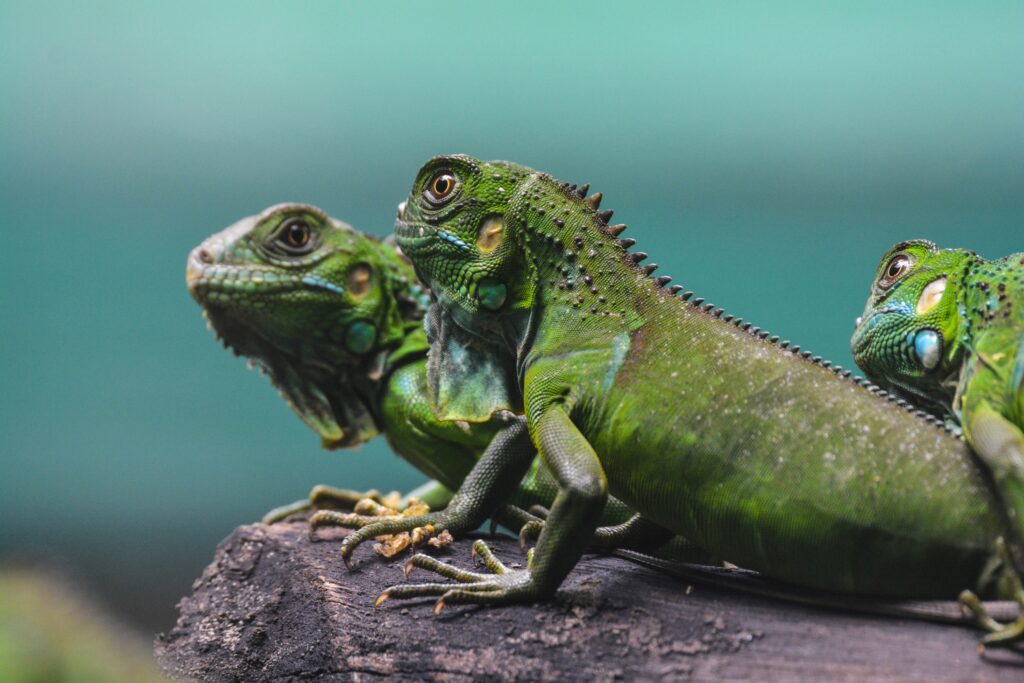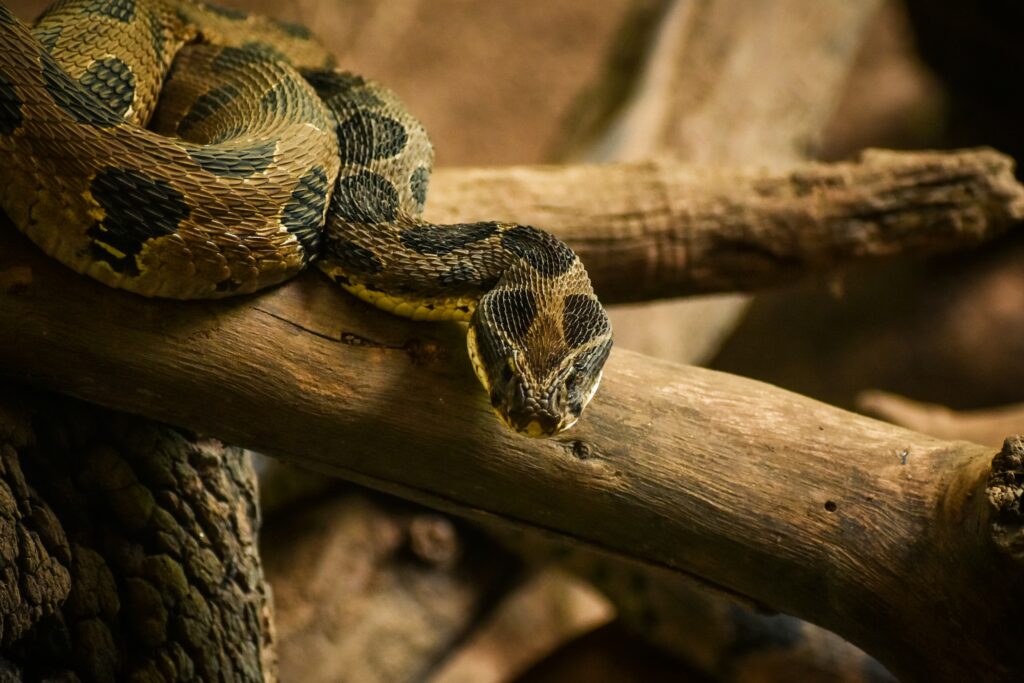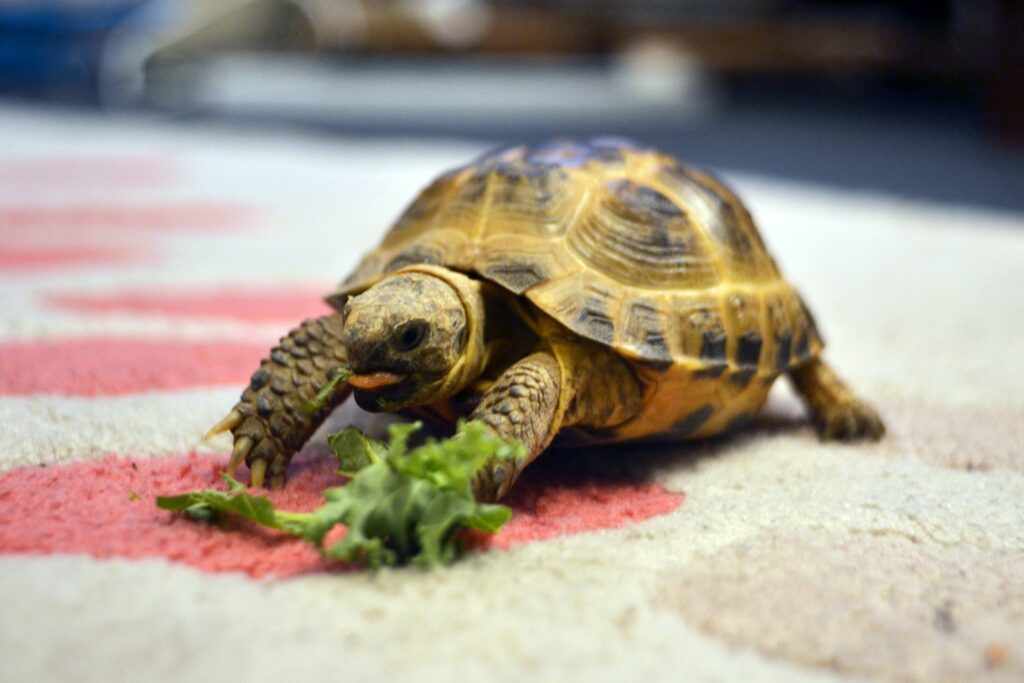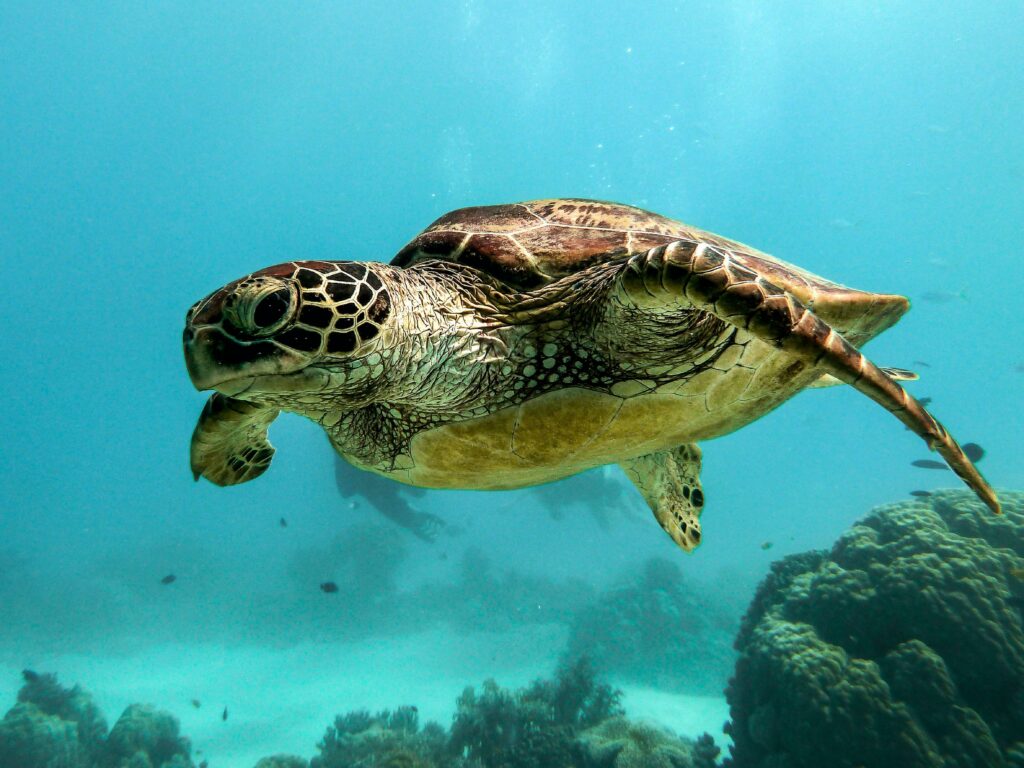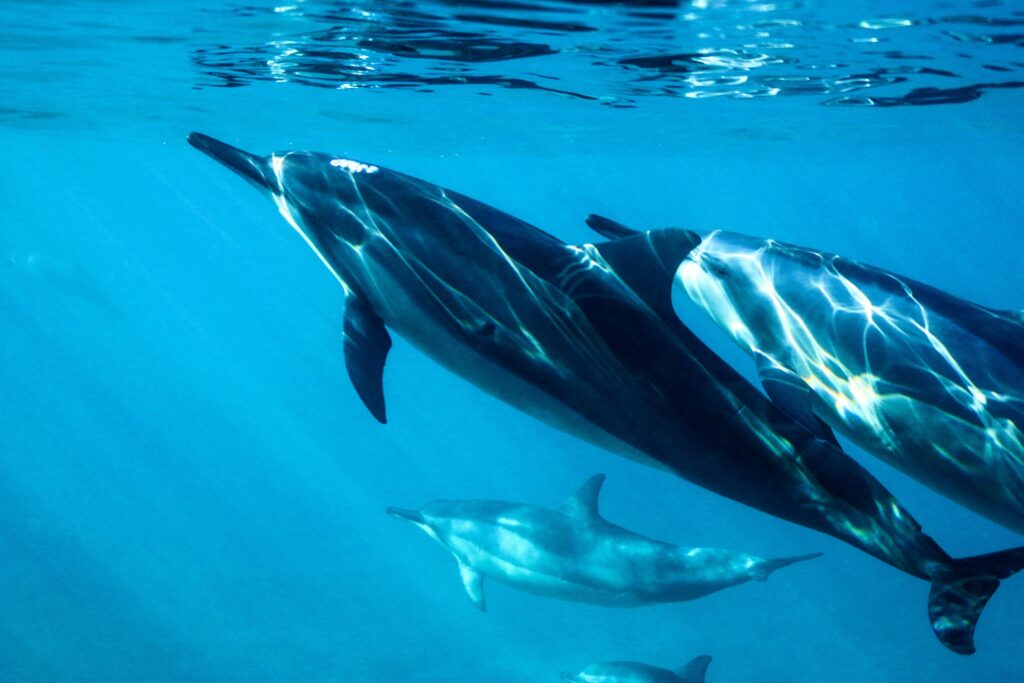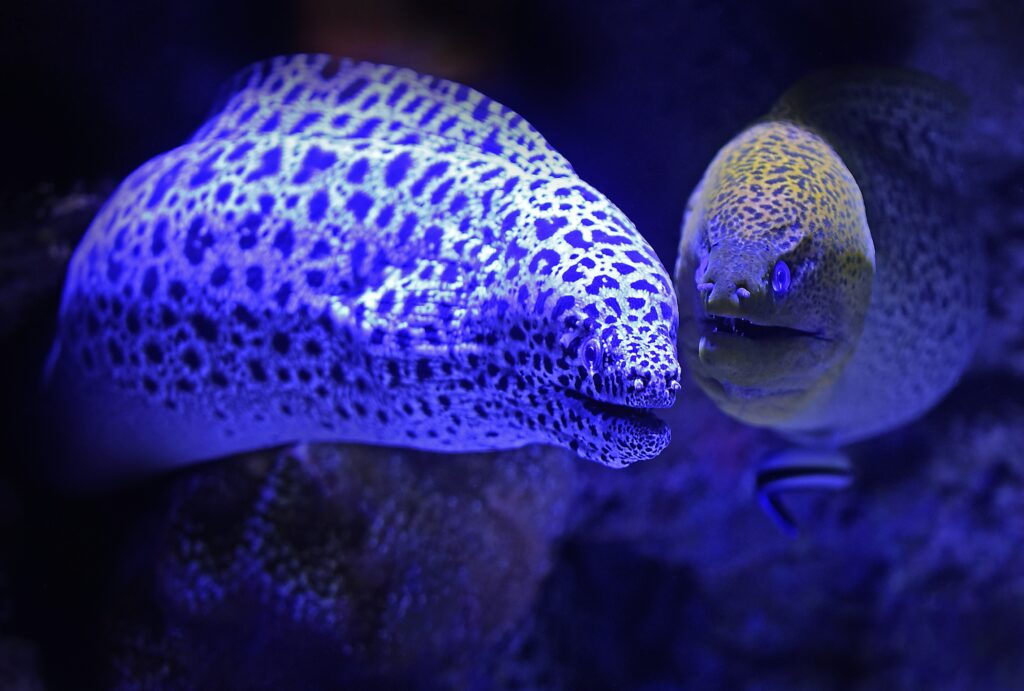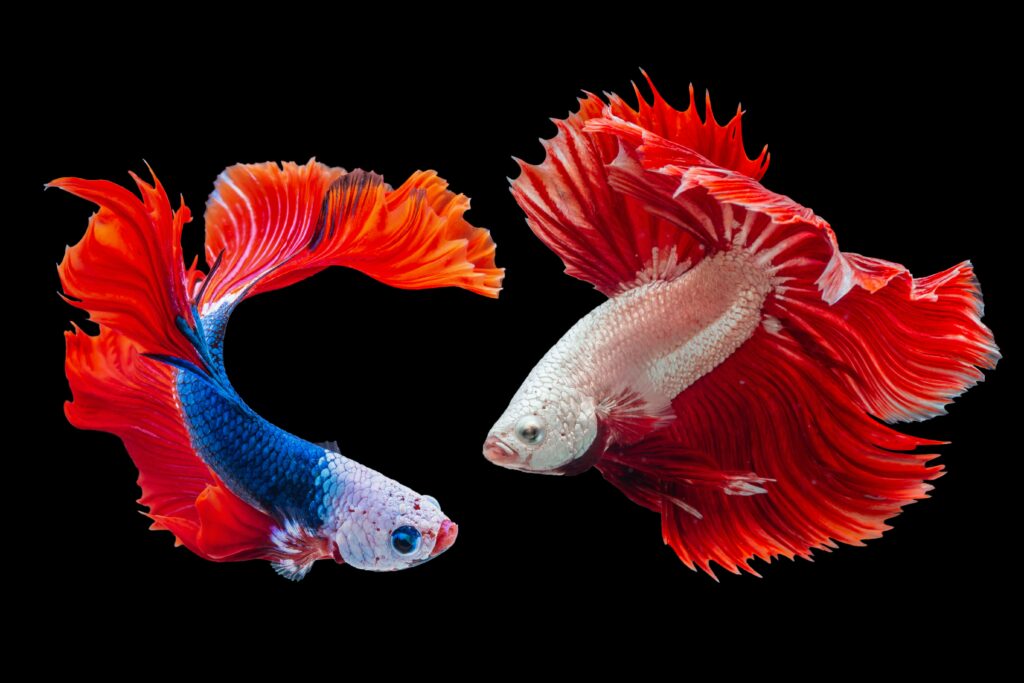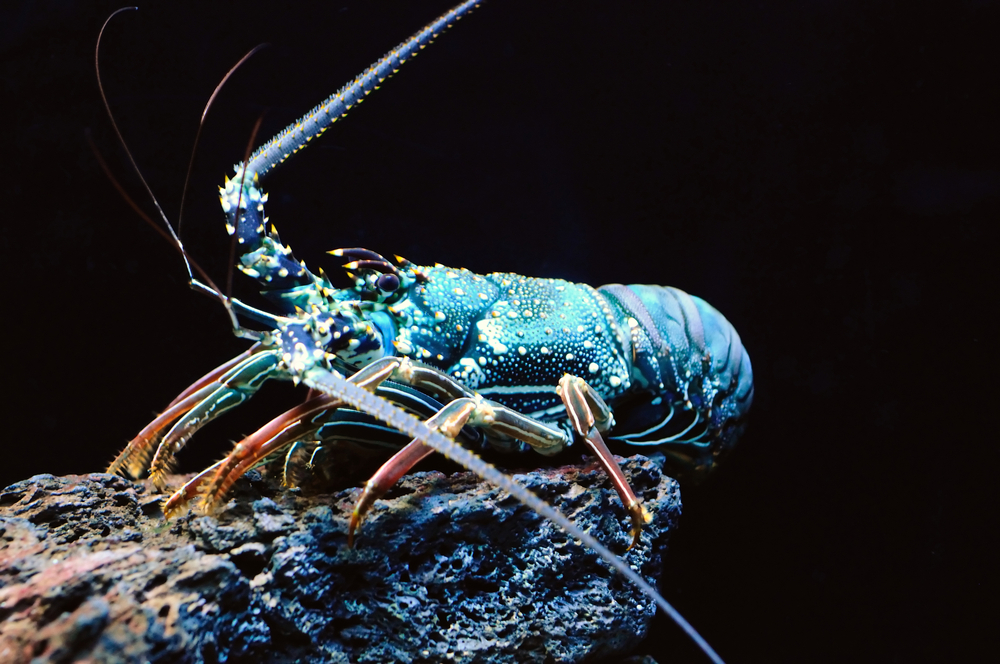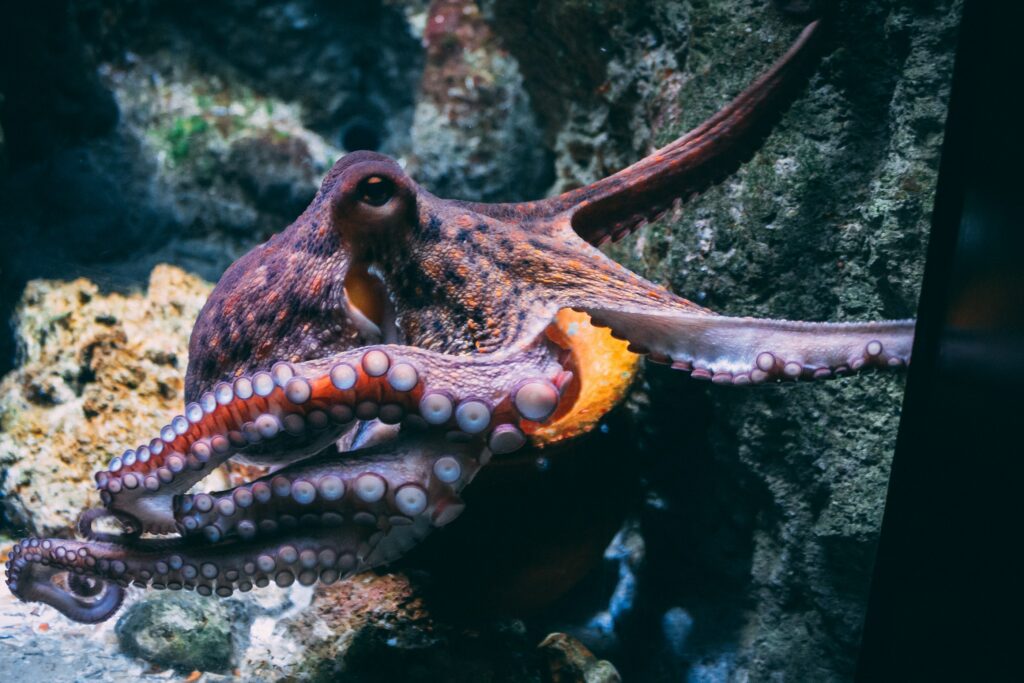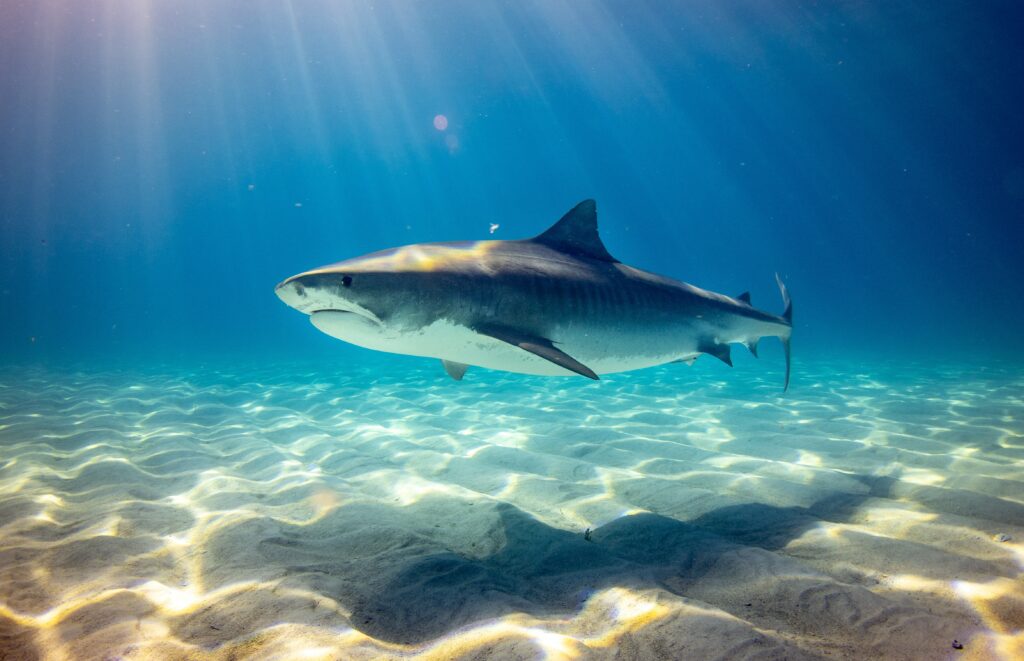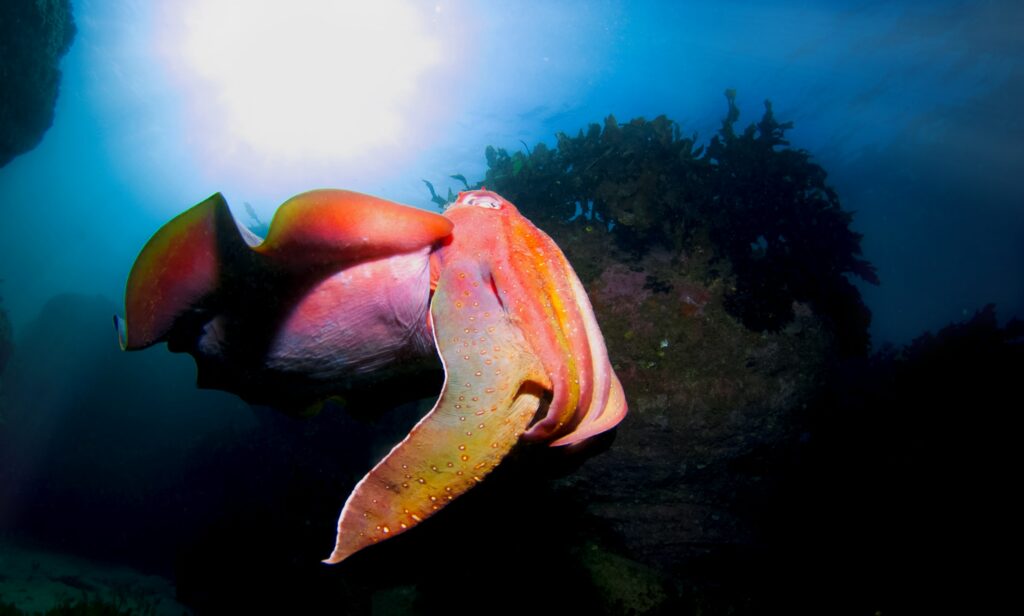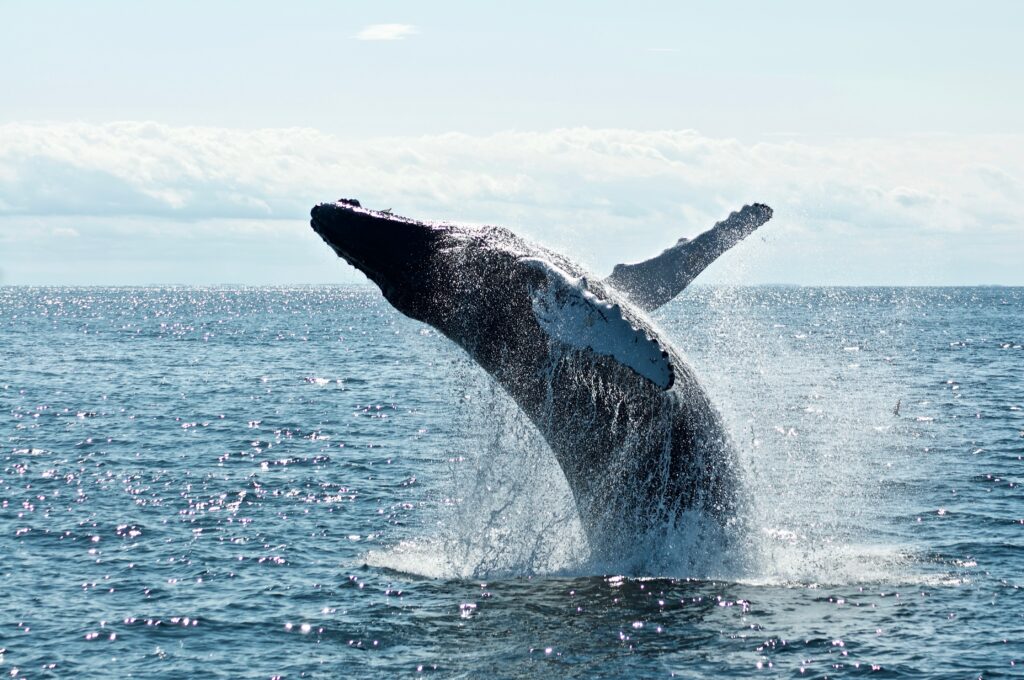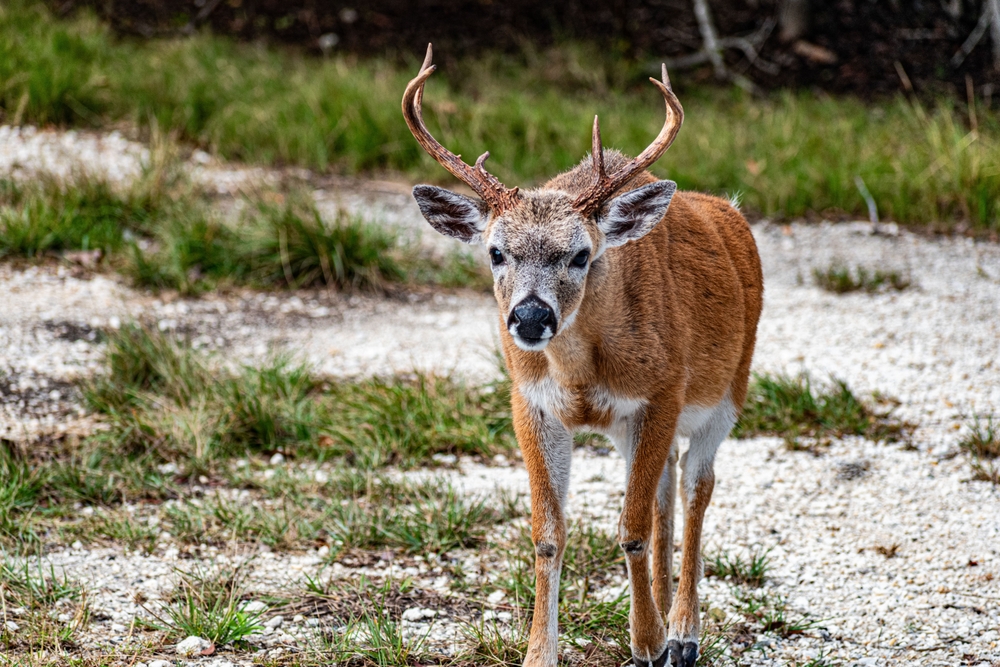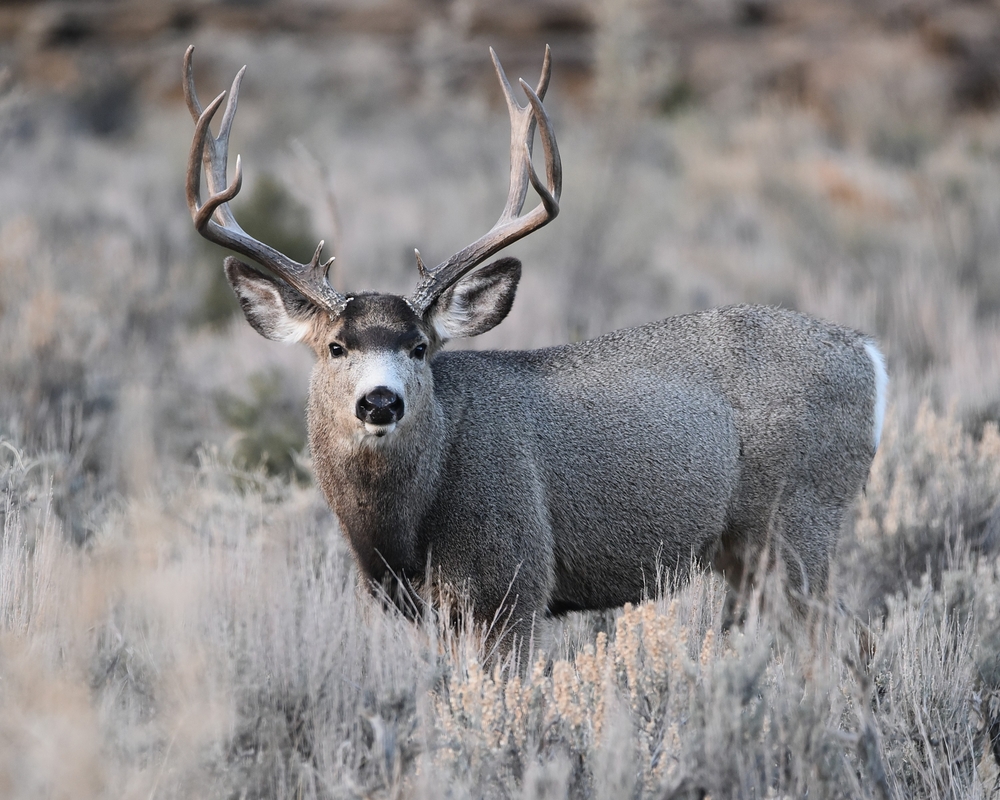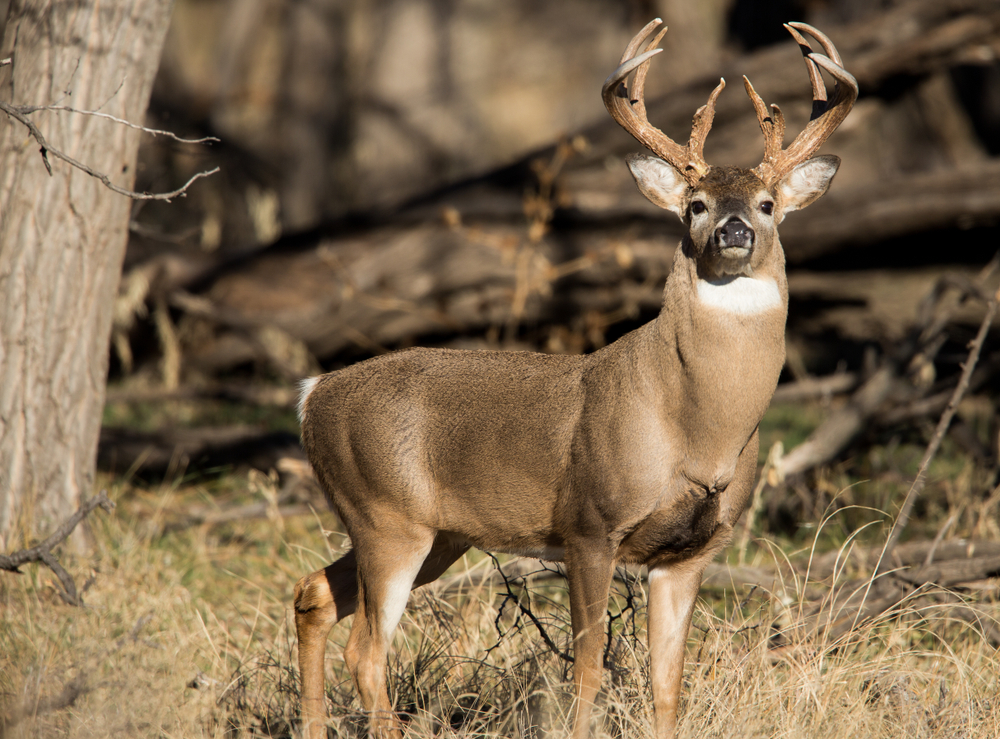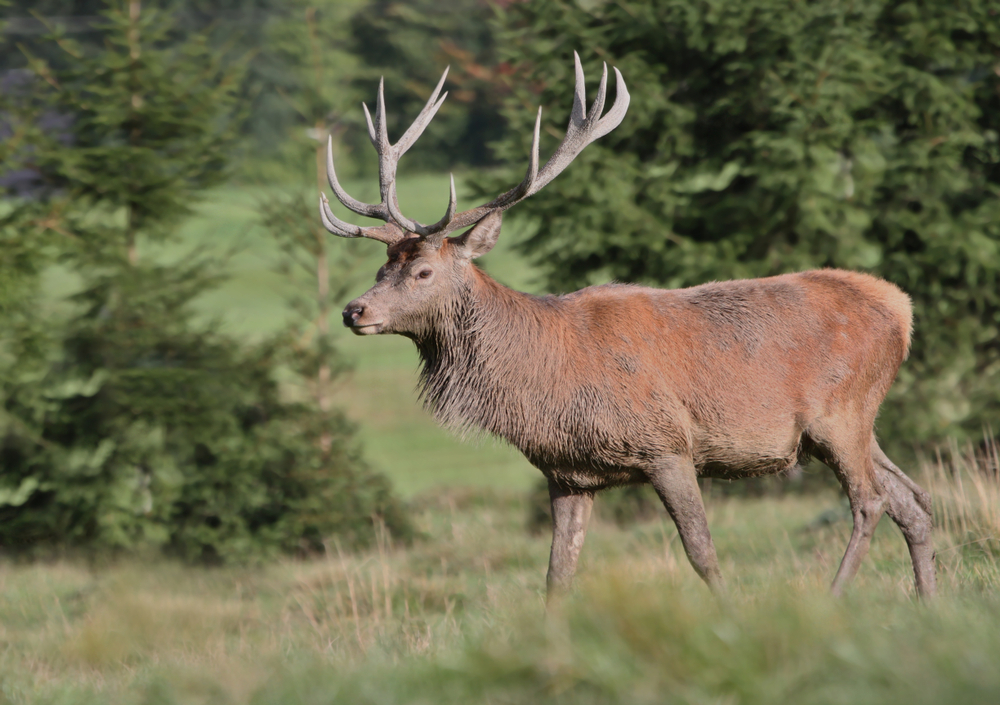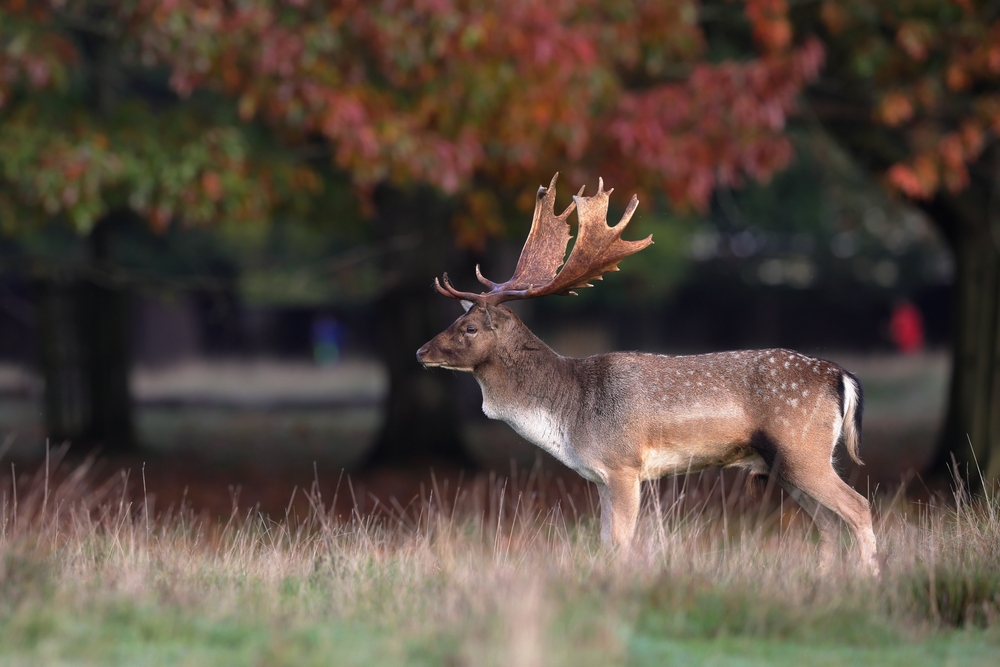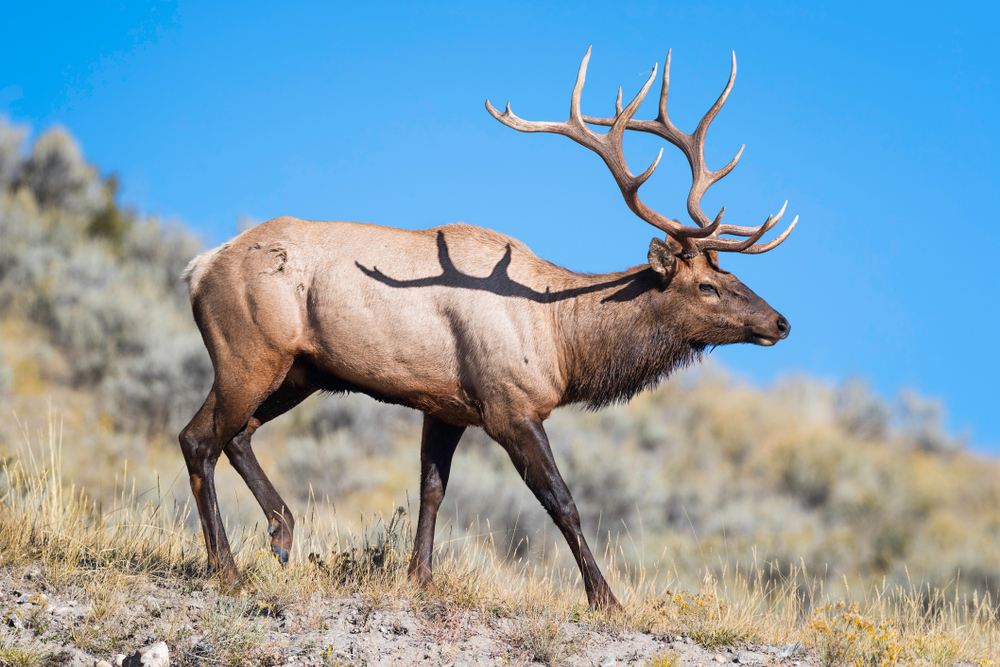Uniqueness
The Key Deer is one of the most distinctive and geographically restricted deer in the world. As a subspecies of the White-tailed Deer, it has evolved several unique adaptations to survive in the isolated, subtropical environment of the Florida Keys. Below is a structured overview in the style of the AK Uniqueness document:
Smallest North American Deer:
Key Deer are the smallest subspecies of White-tailed Deer, standing just 24 to 30 inches tall at the shoulder and weighing only 45 to 75 pounds as adults.
Endemic to the Florida Keys:
Key Deer are found nowhere else in the world but in the Lower Florida Keys, primarily on Big Pine Key and nearby islands.
Federally Protected Species:
Listed as endangered under the U.S. Endangered Species Act, the Key Deer has been the focus of intensive recovery and conservation efforts since the 1960s.
Human-Wildlife Interface:
Unlike most deer species, Key Deer frequently live near or within residential neighborhoods.
-
They have adapted to human presence, often walking along roads, visiting backyards, or browsing in gardens—sometimes to their own peril.
-
Their tame behavior, while endearing, makes them more vulnerable to vehicle strikes and human feeding, which disrupts natural foraging.
Freshwater-Dependent Island Herbivore:
Key Deer depend on freshwater holes and rain-fed upland habitats, making them especially vulnerable to sea-level rise, saltwater intrusion, and hurricane impacts.
Visible Symbol of Conservation:
The Key Deer has become a poster species for island conservation in the United States.
Minimal Antlers and Subtle Dimorphism:
While males grow antlers, they are smaller and less branched than those of mainland White-tailed Deer.
The Key Deer’s blend of miniature size, island endemism, and close coexistence with humans makes it a biological rarity and a conservation icon. Its survival story underscores the delicate balance between ecological uniqueness and human influence.

